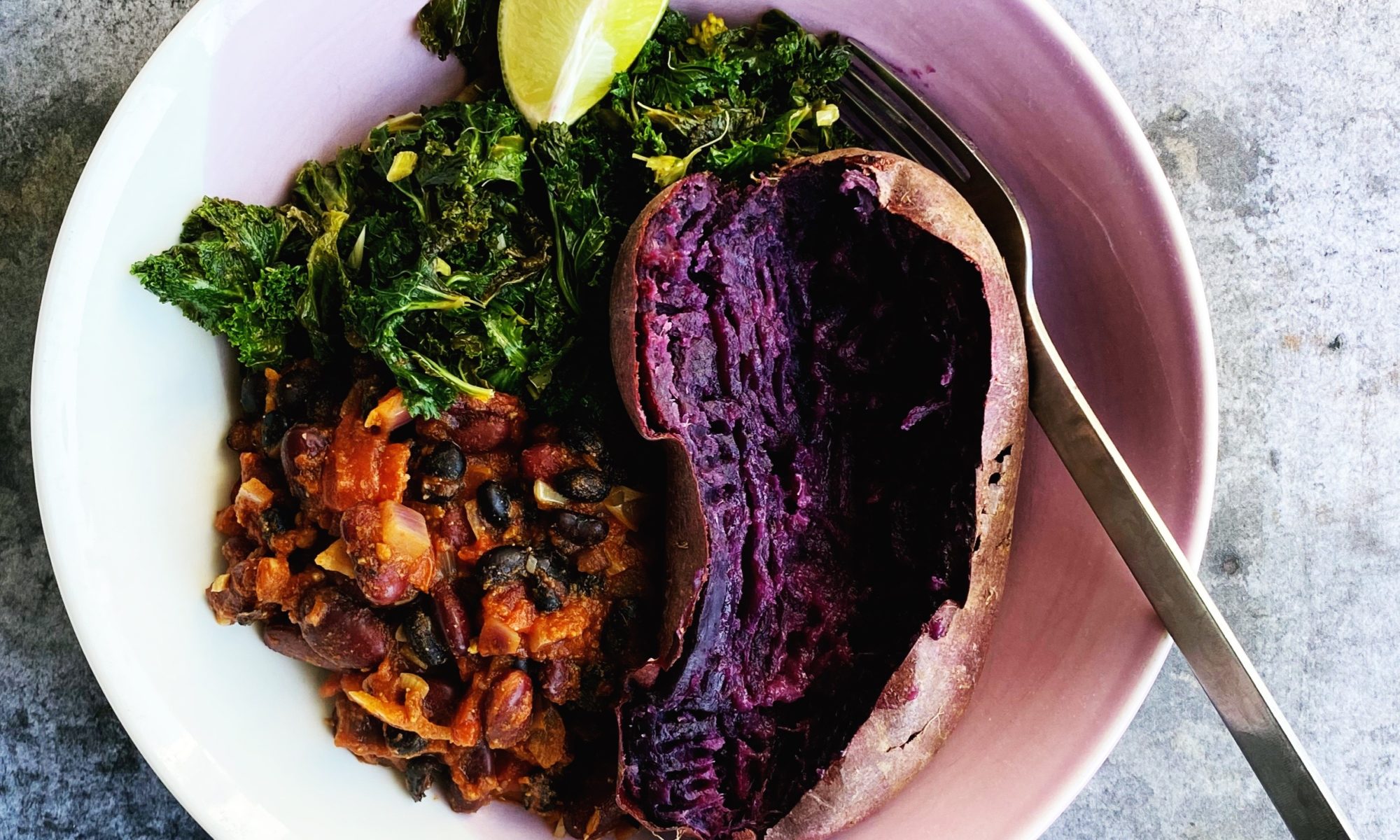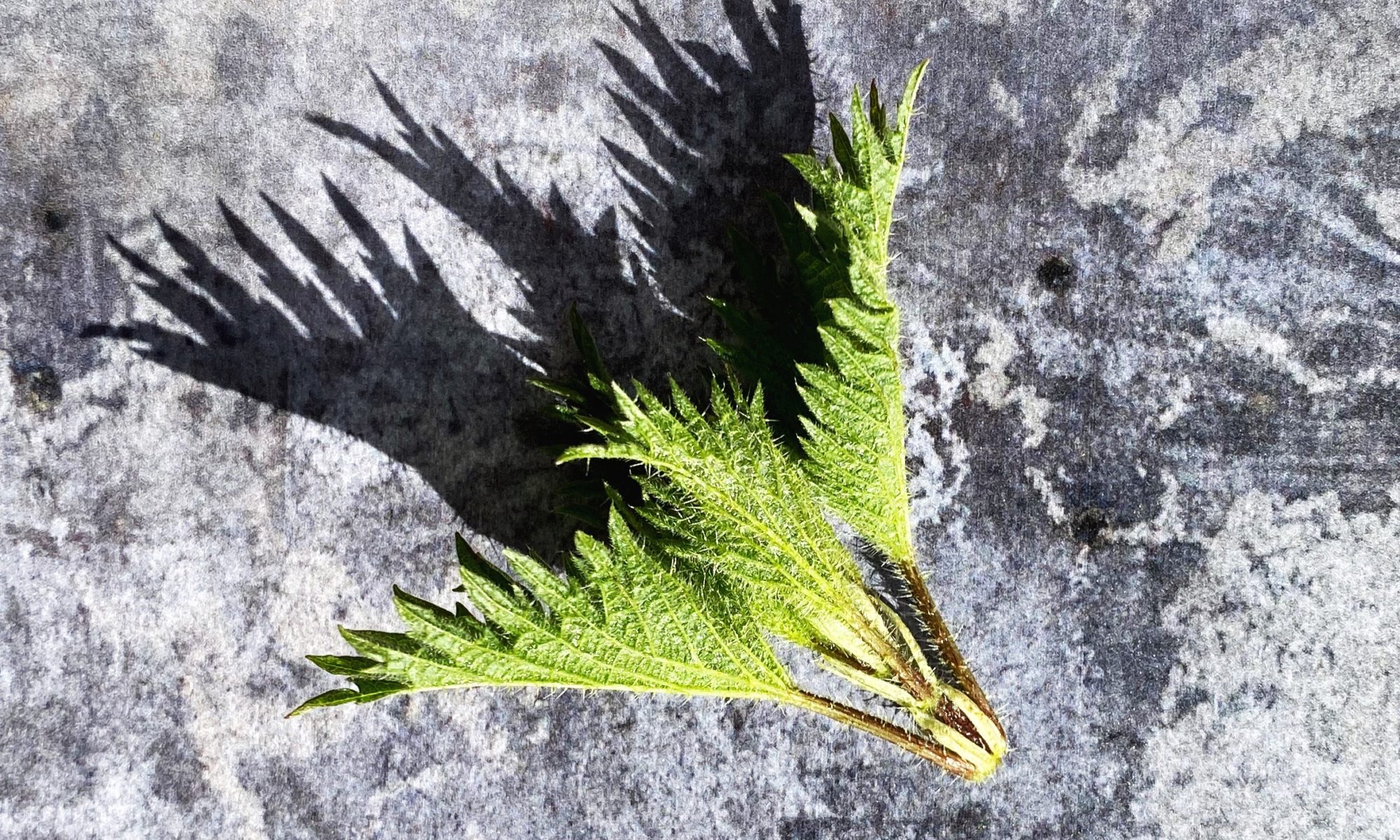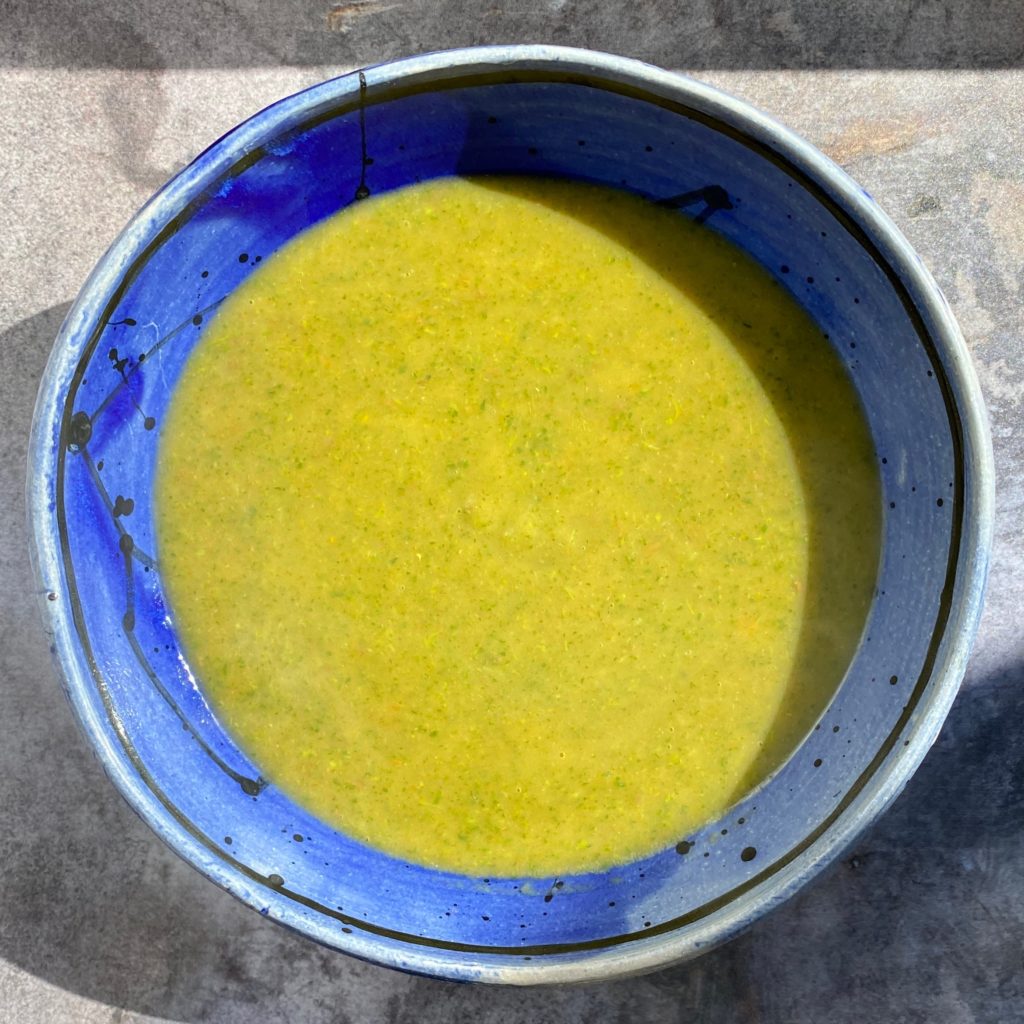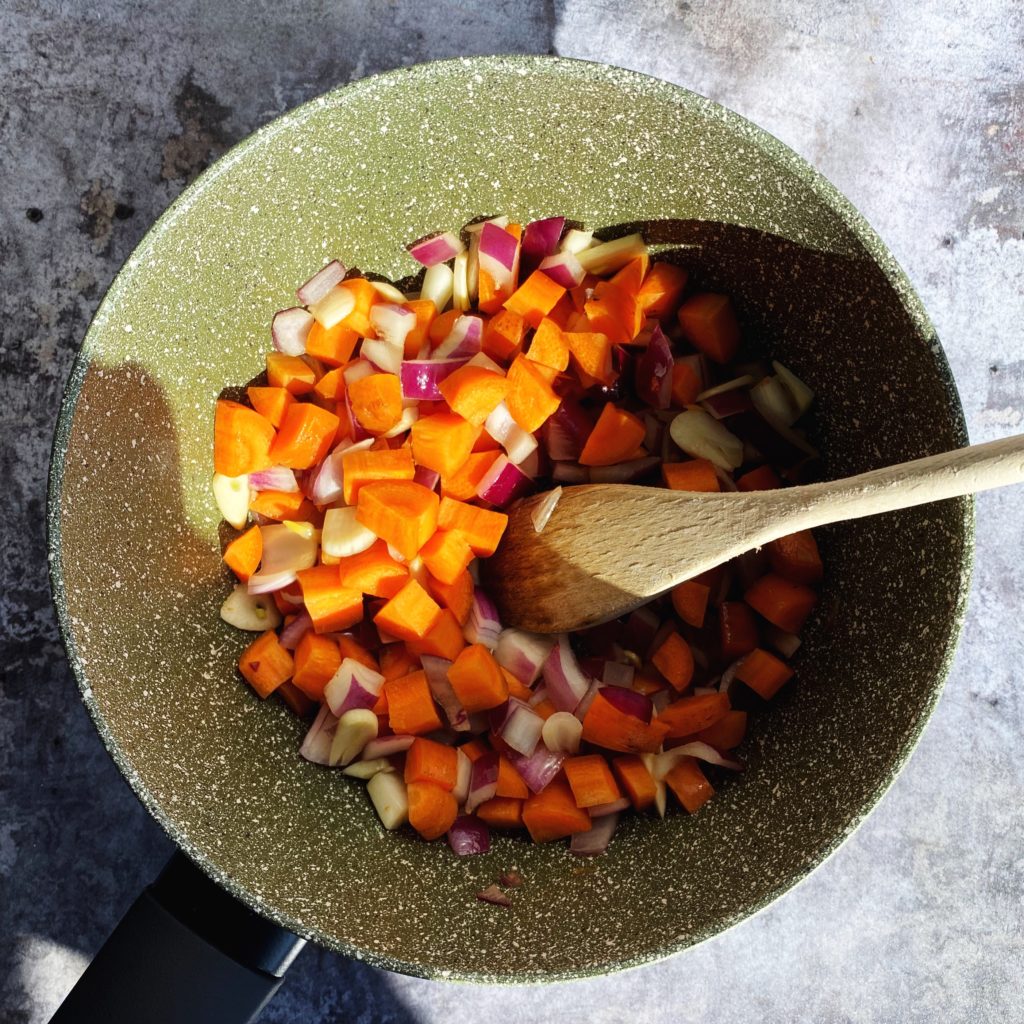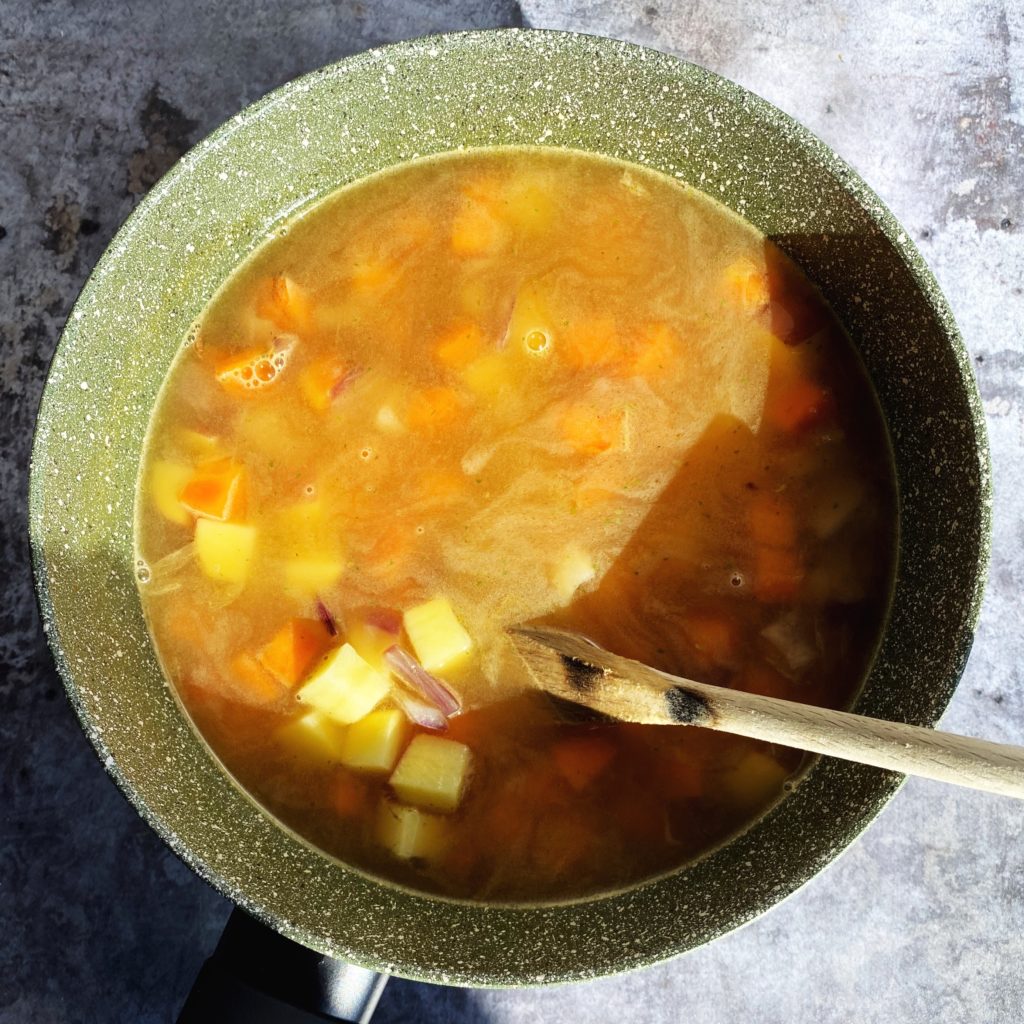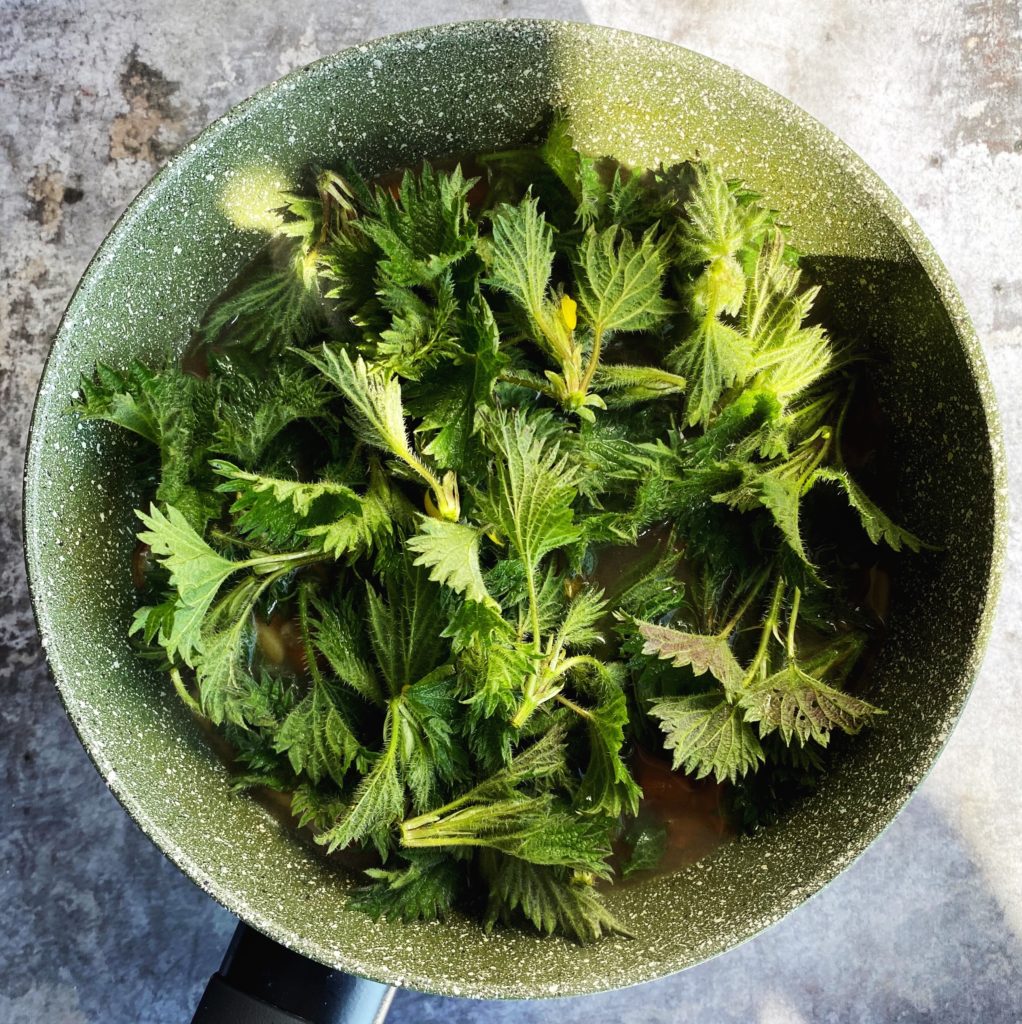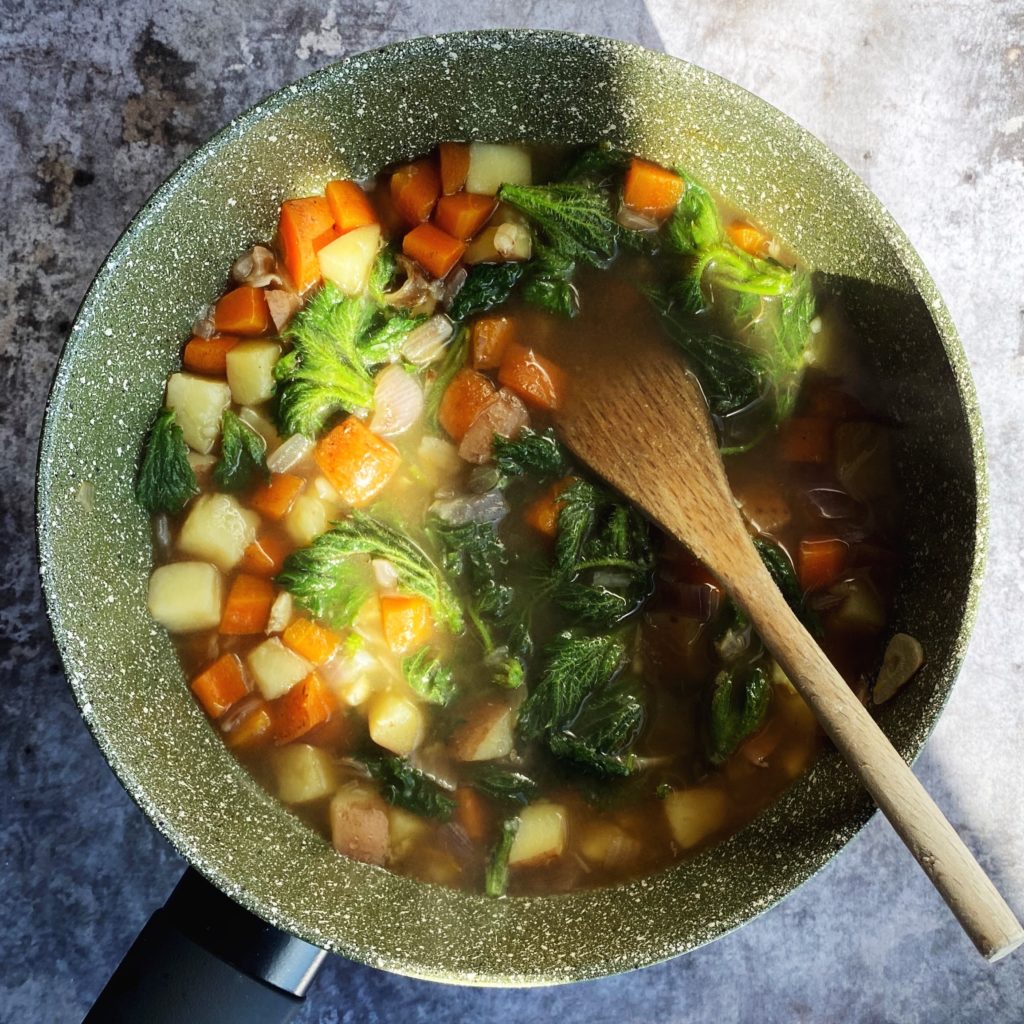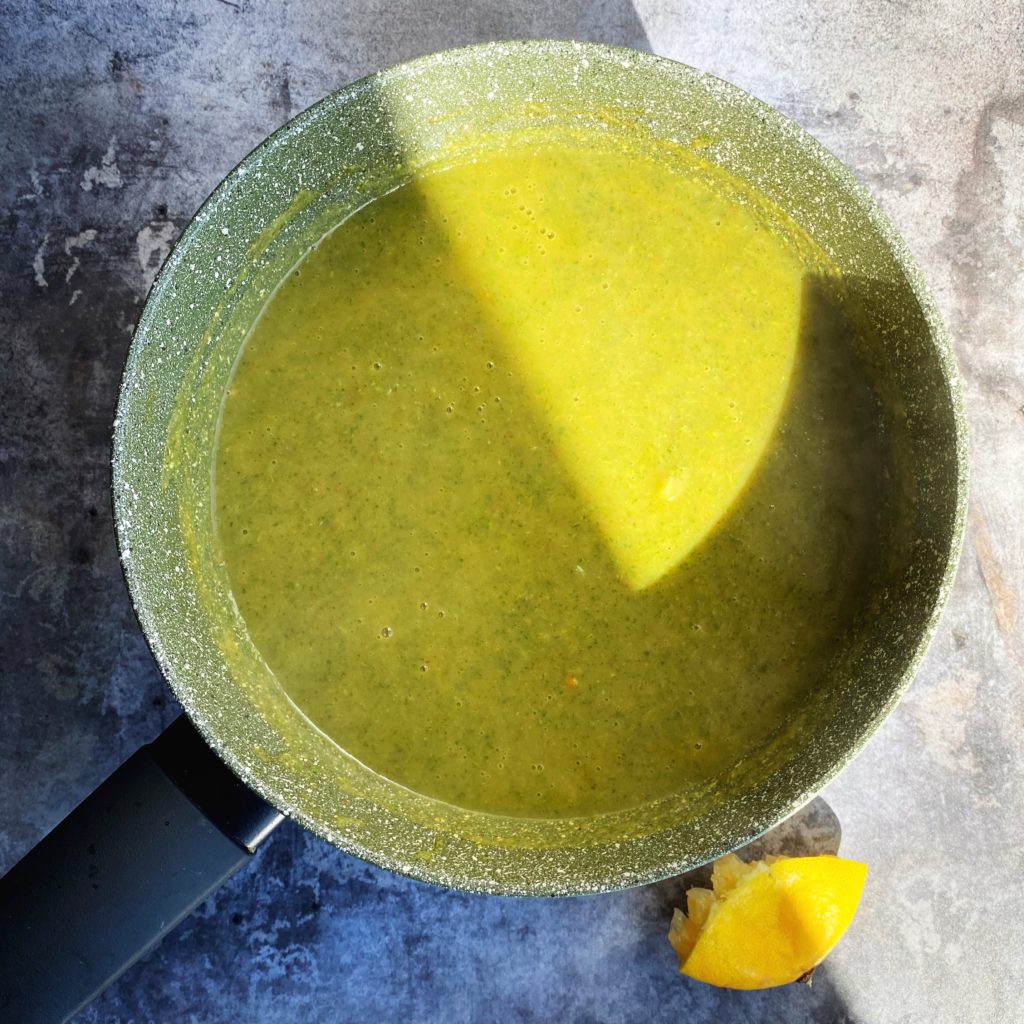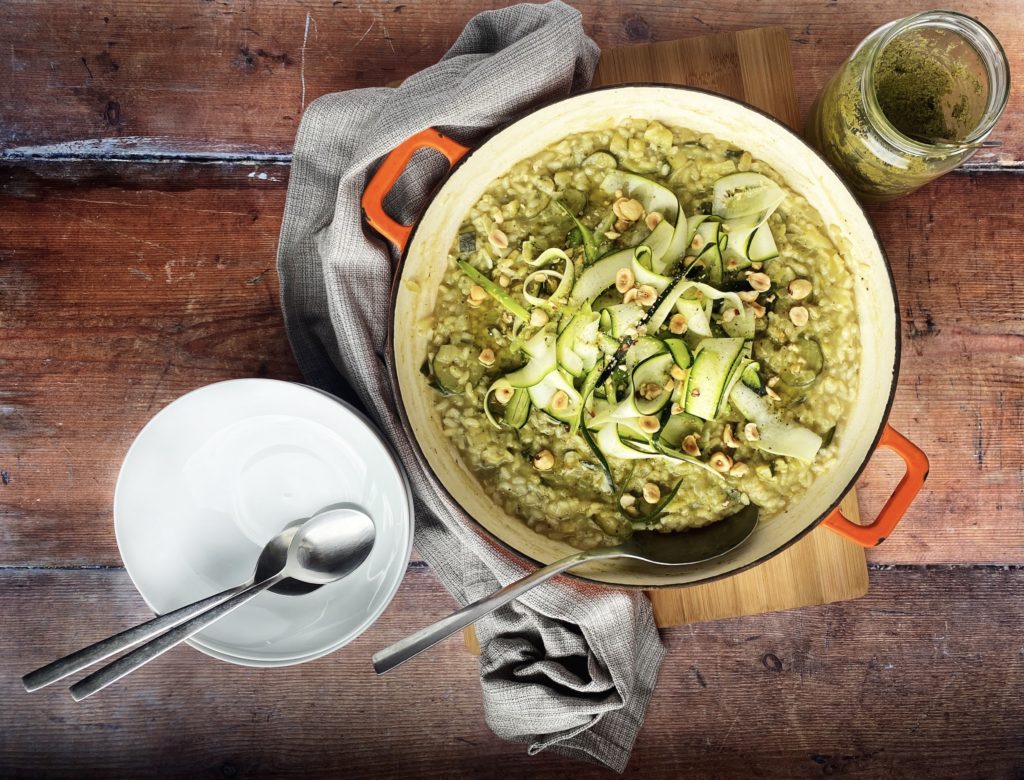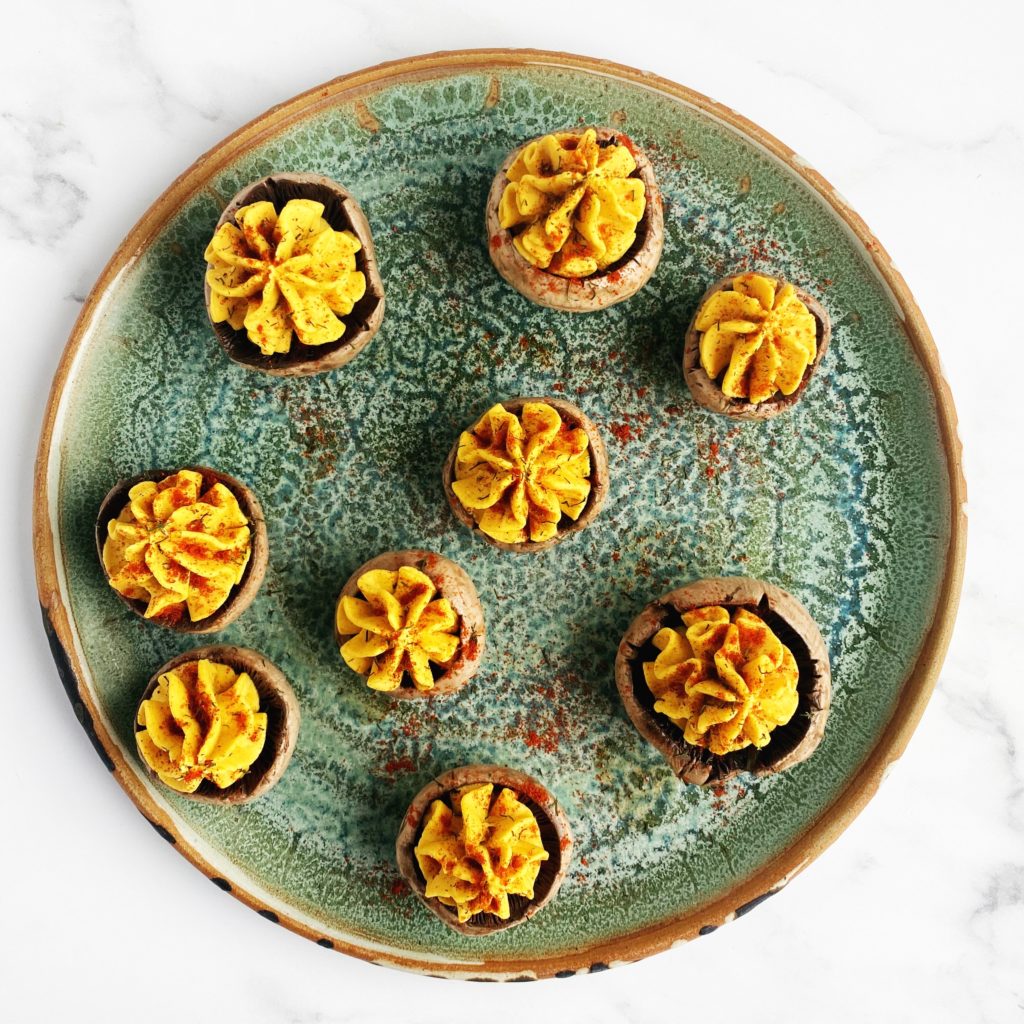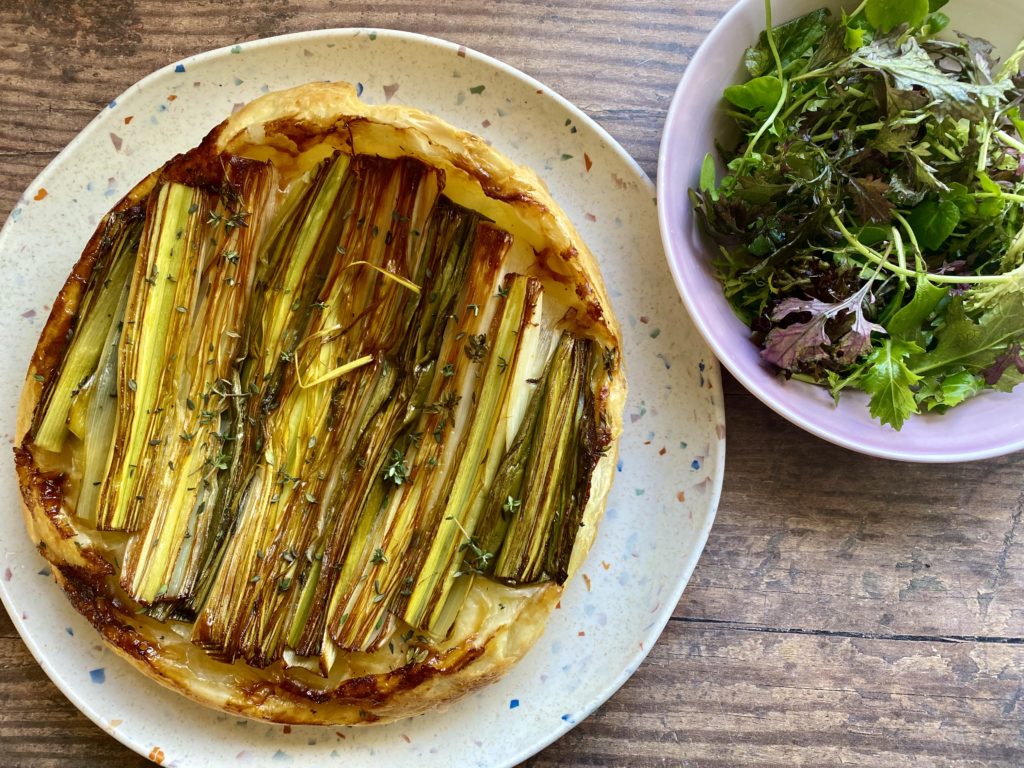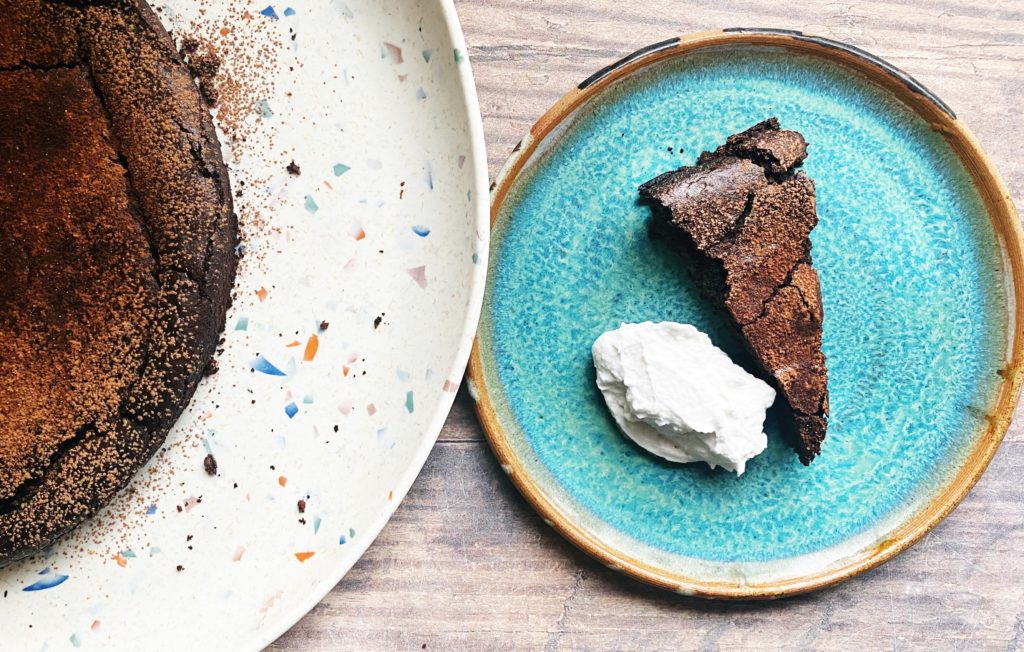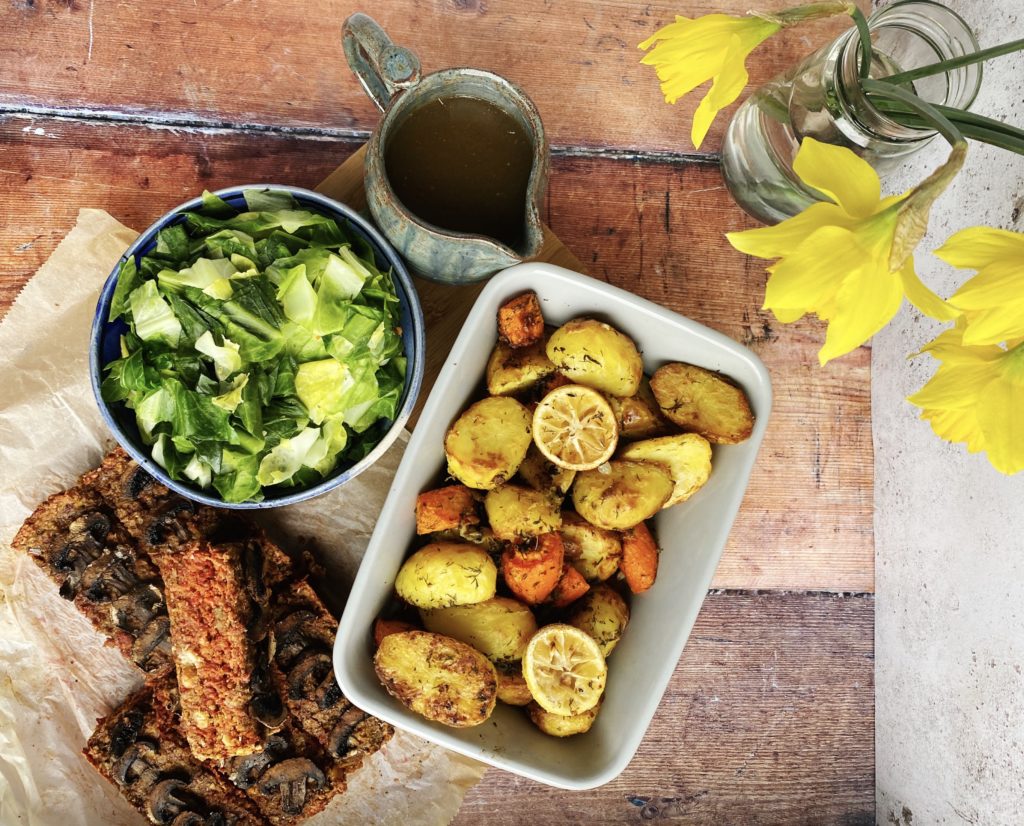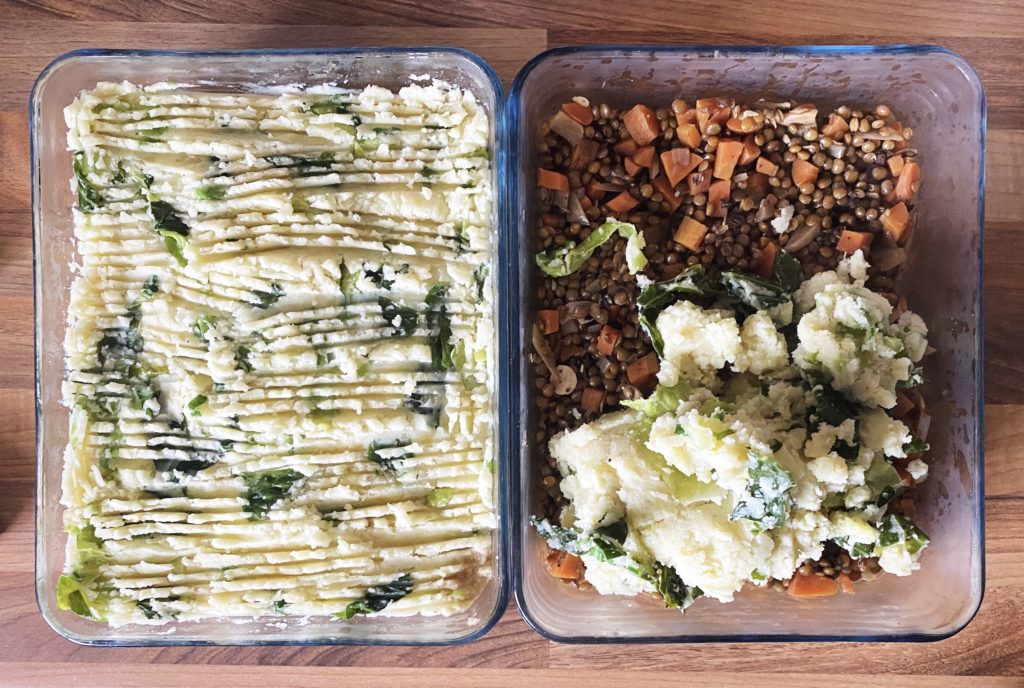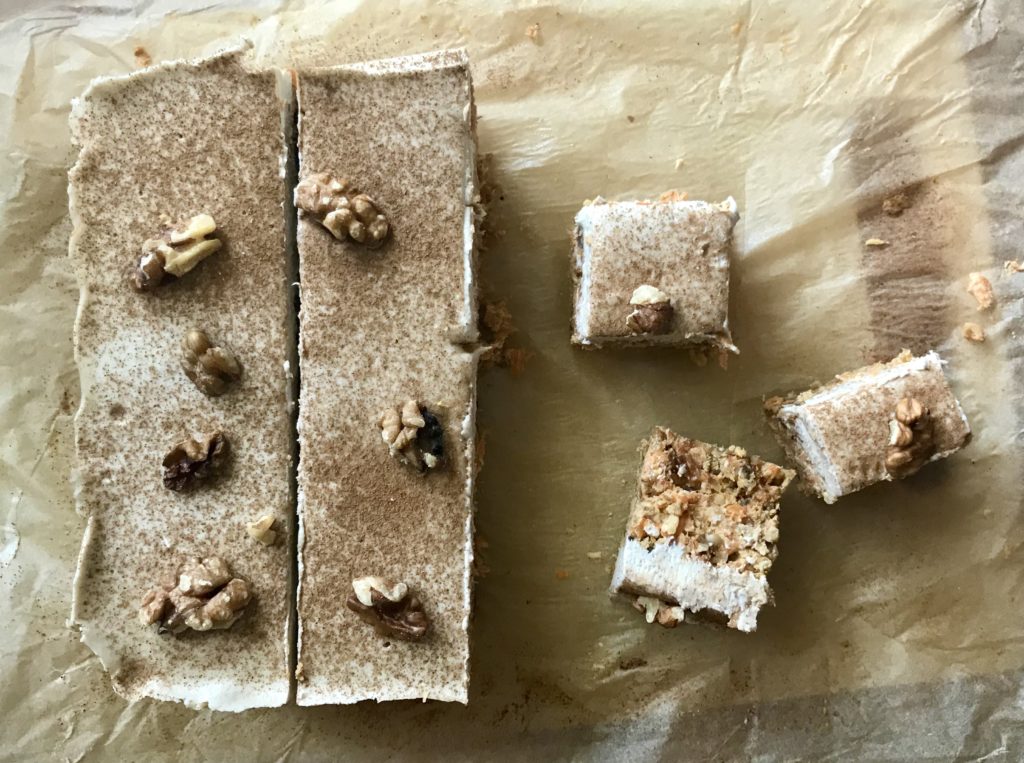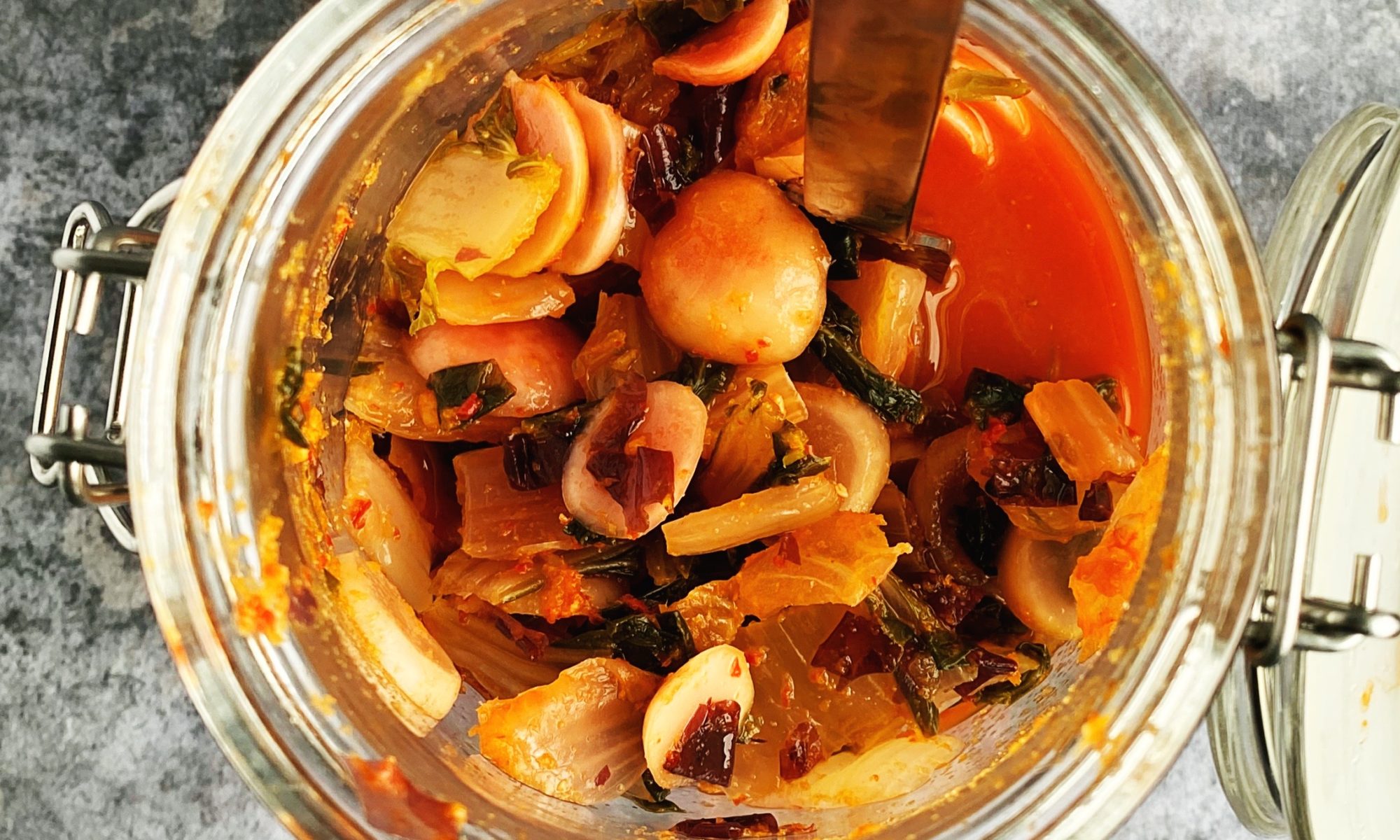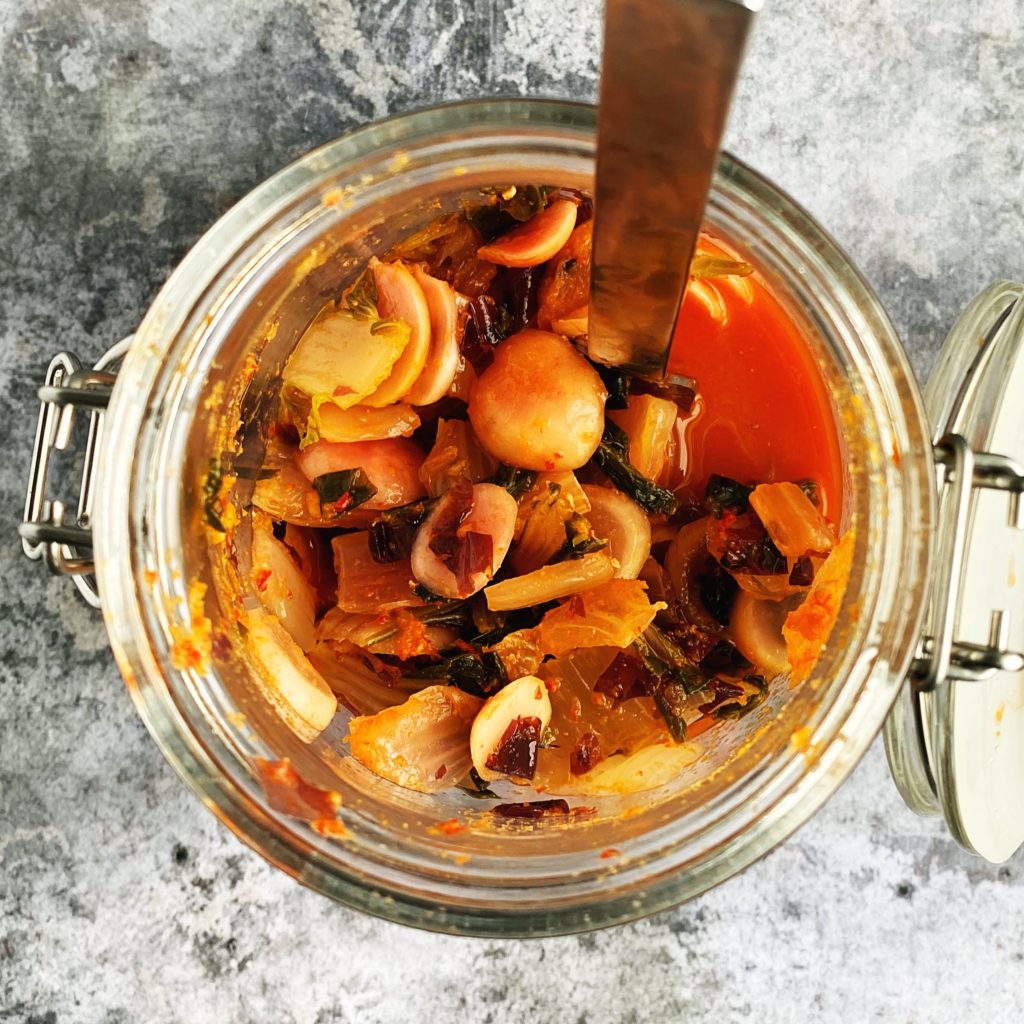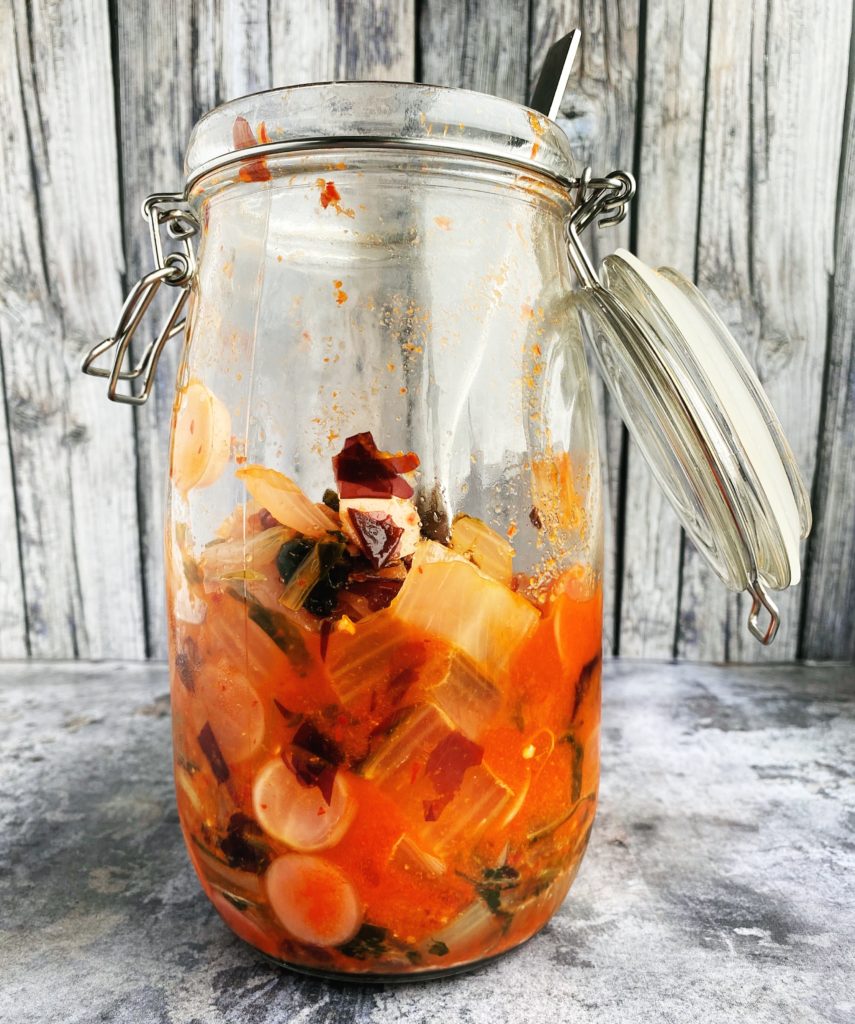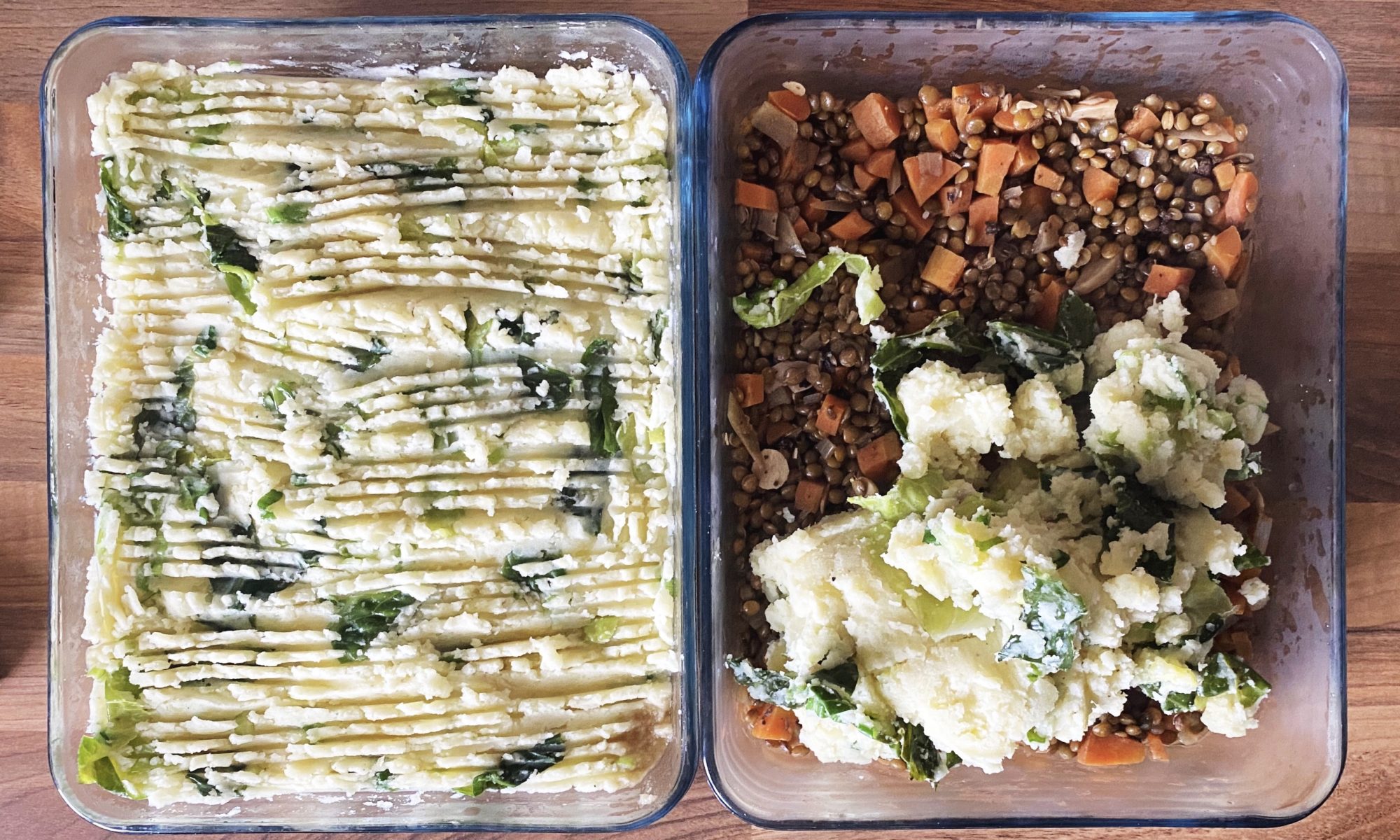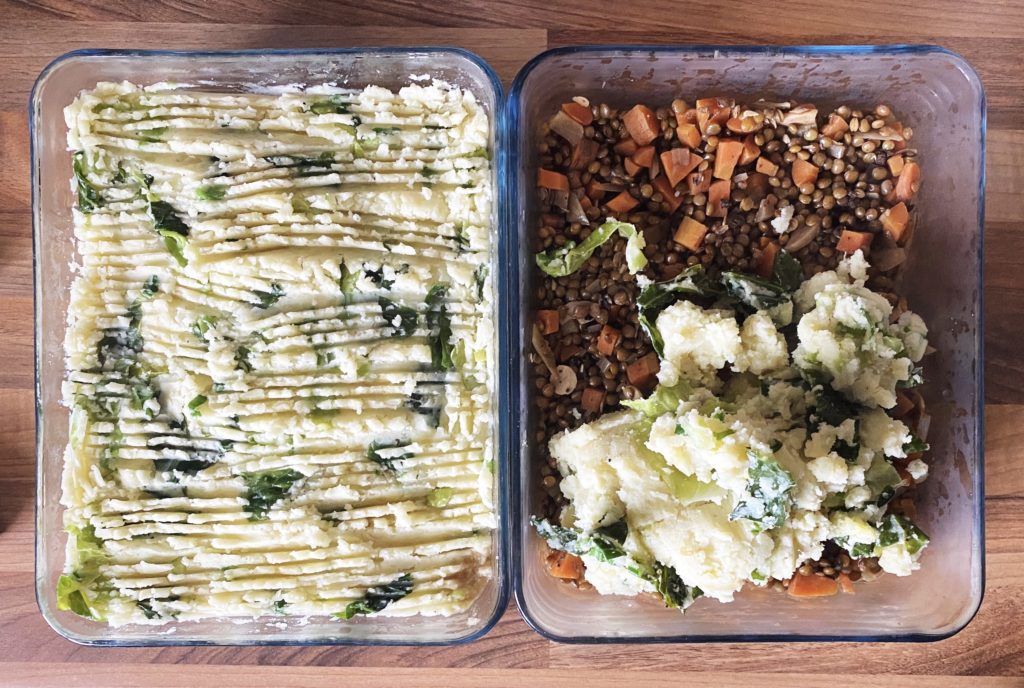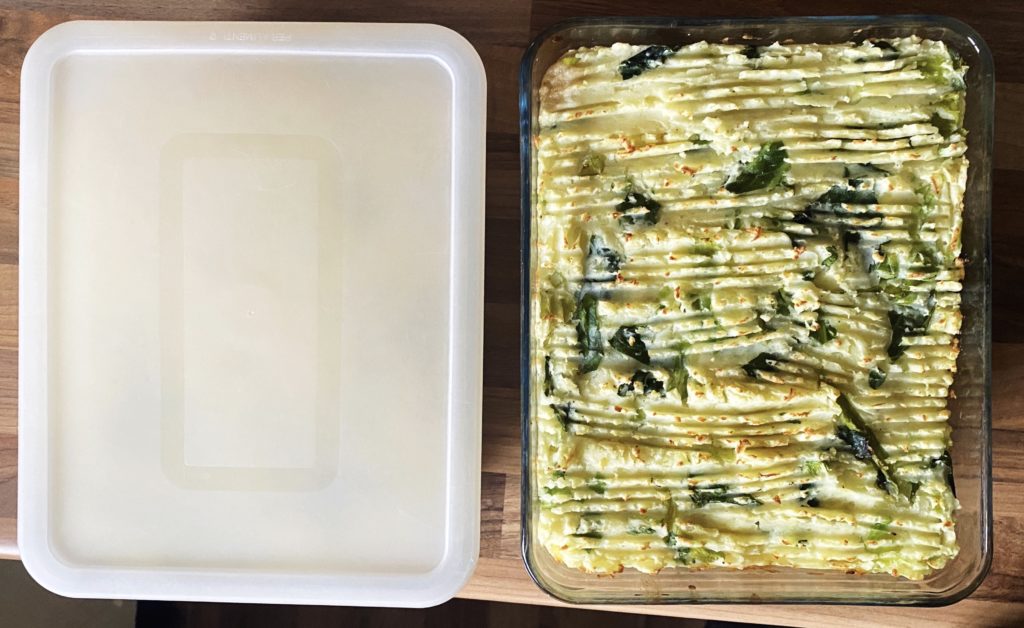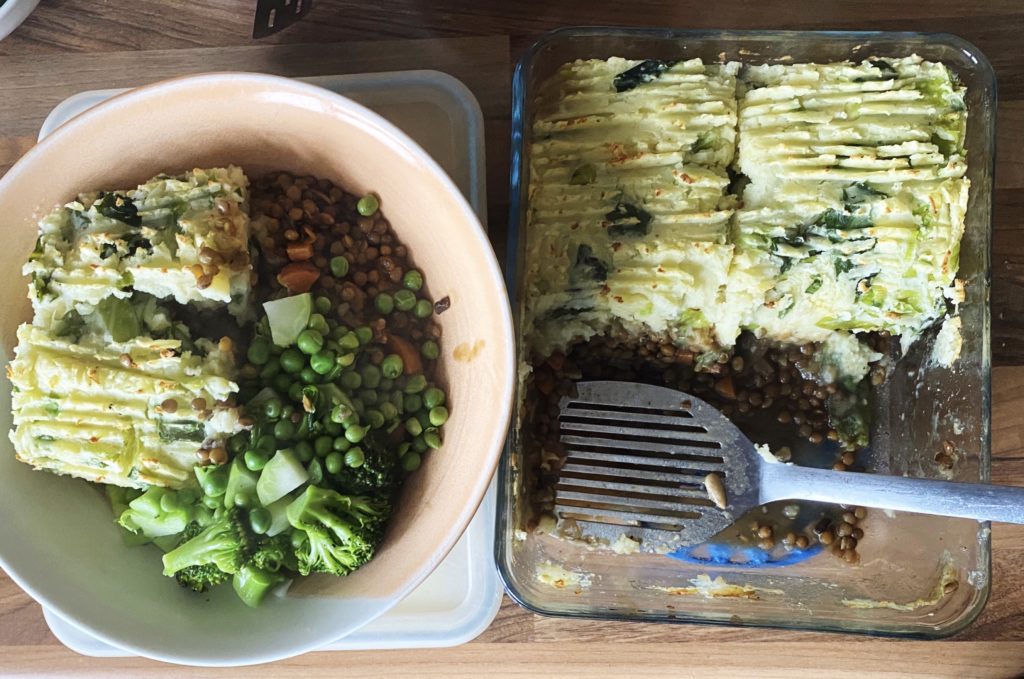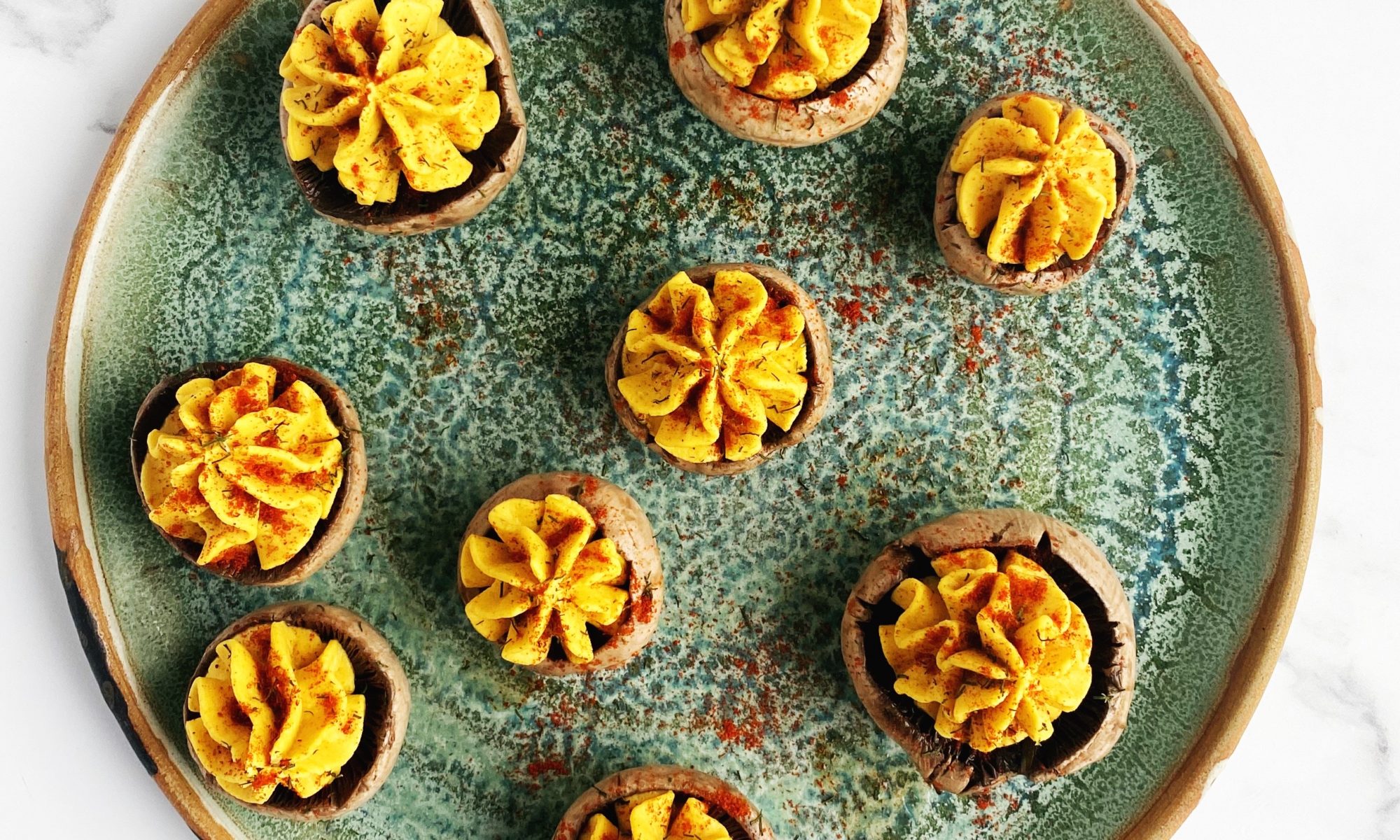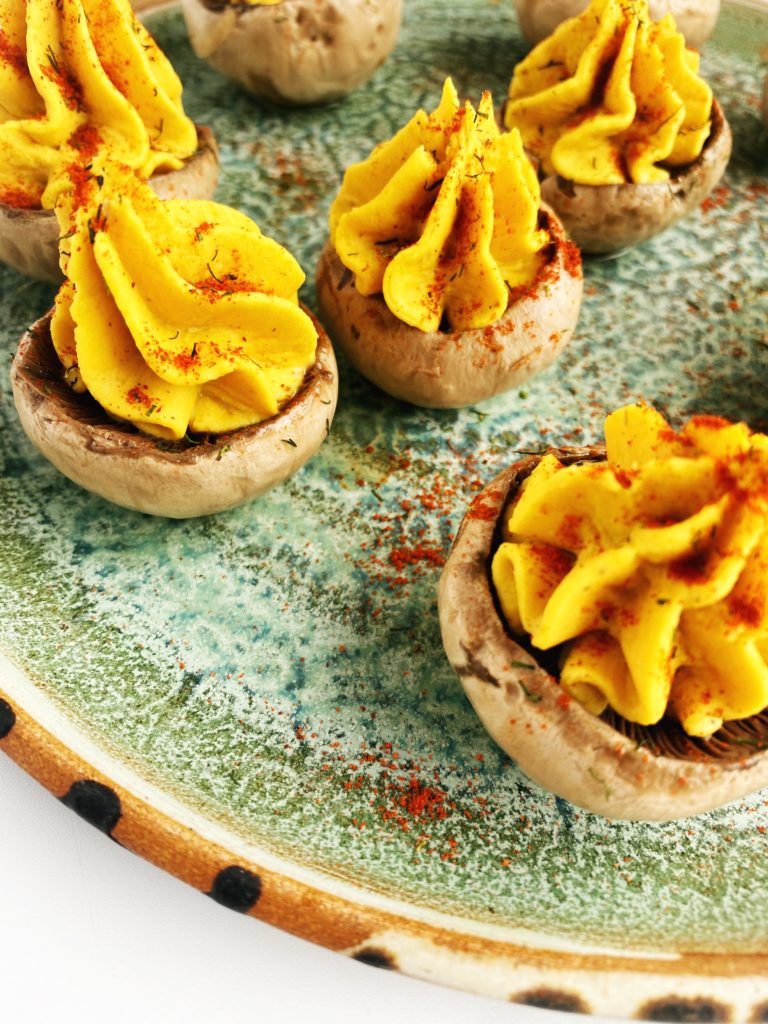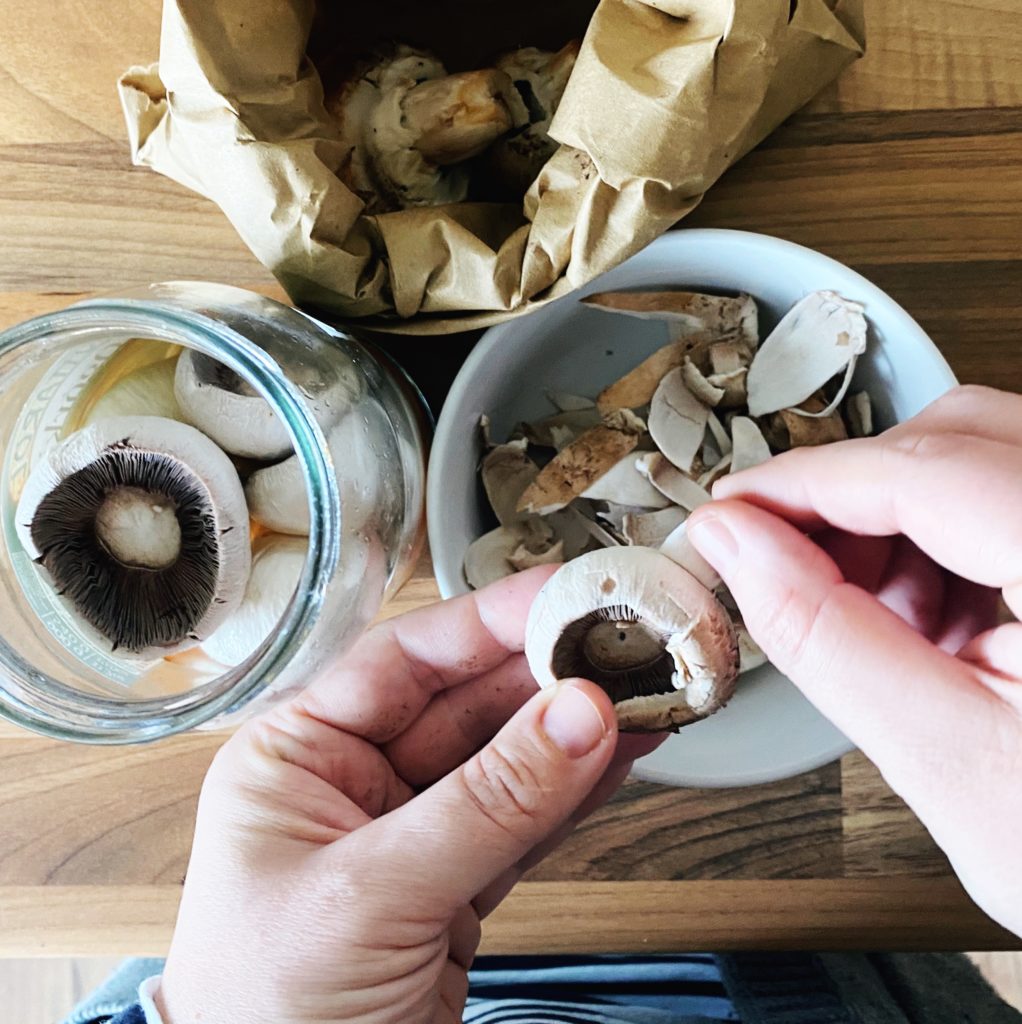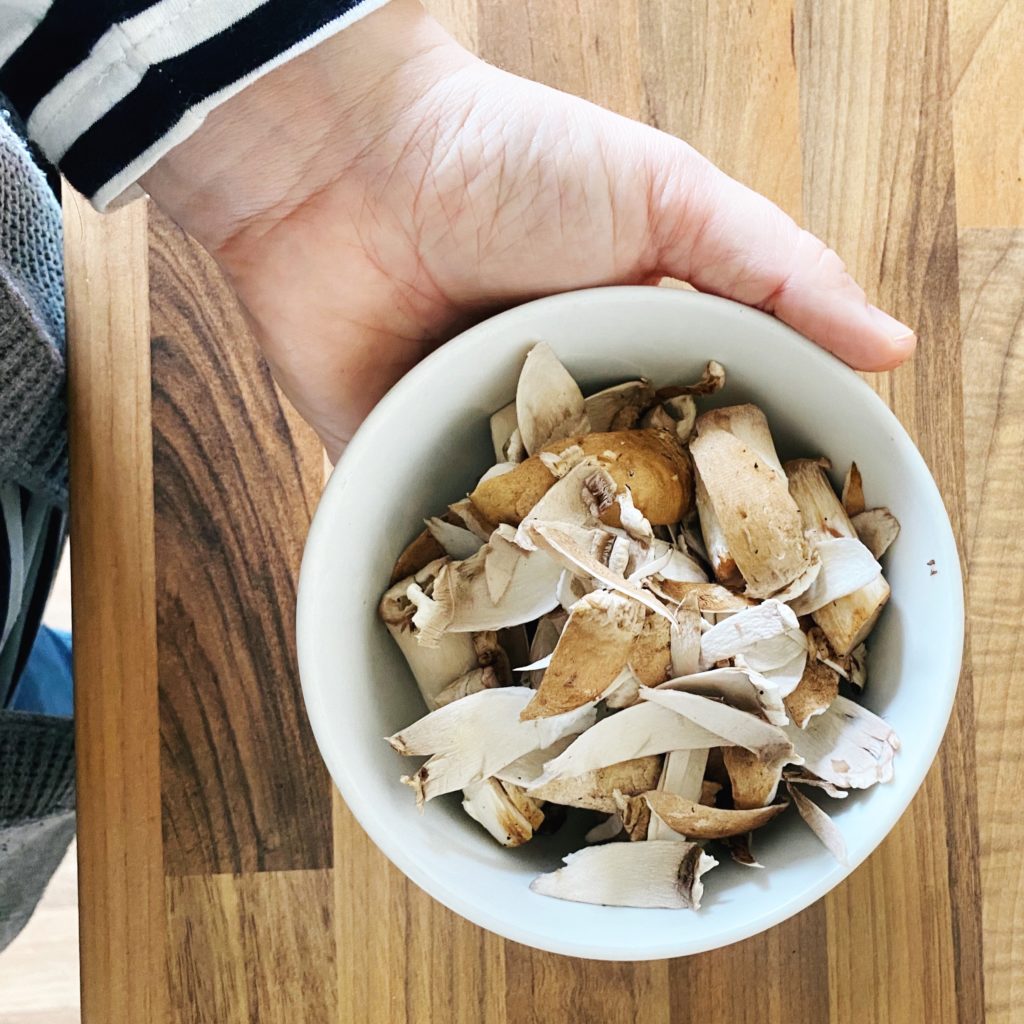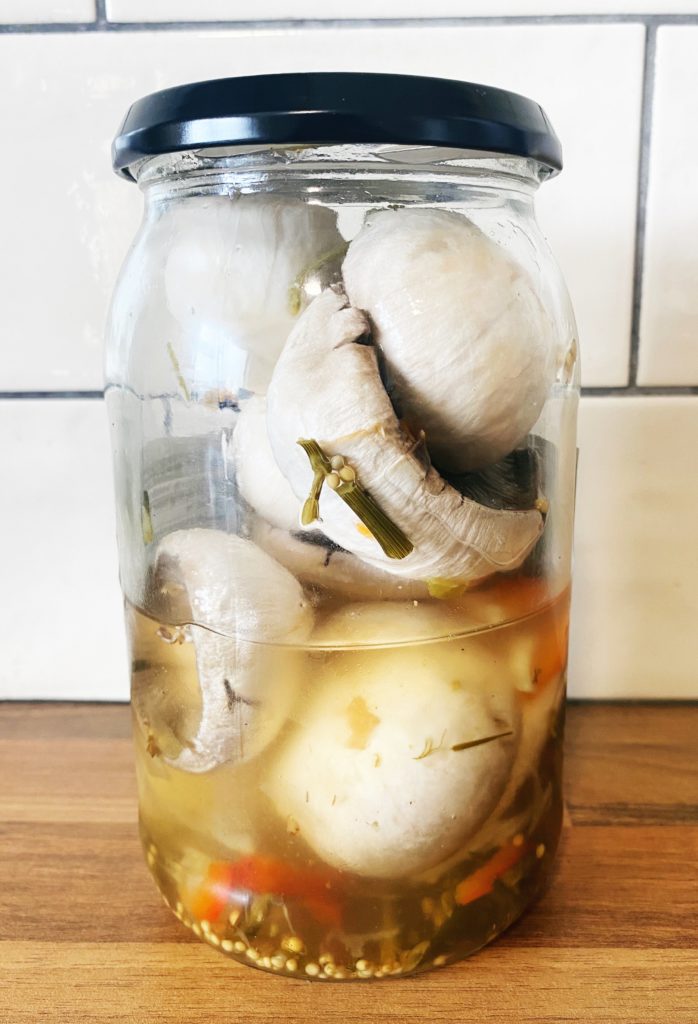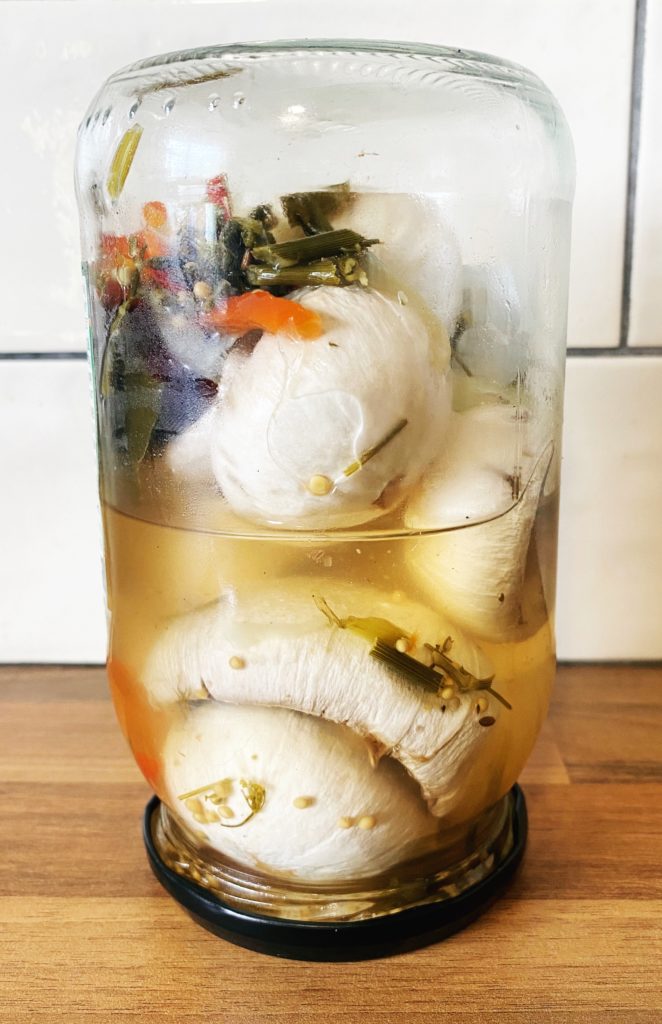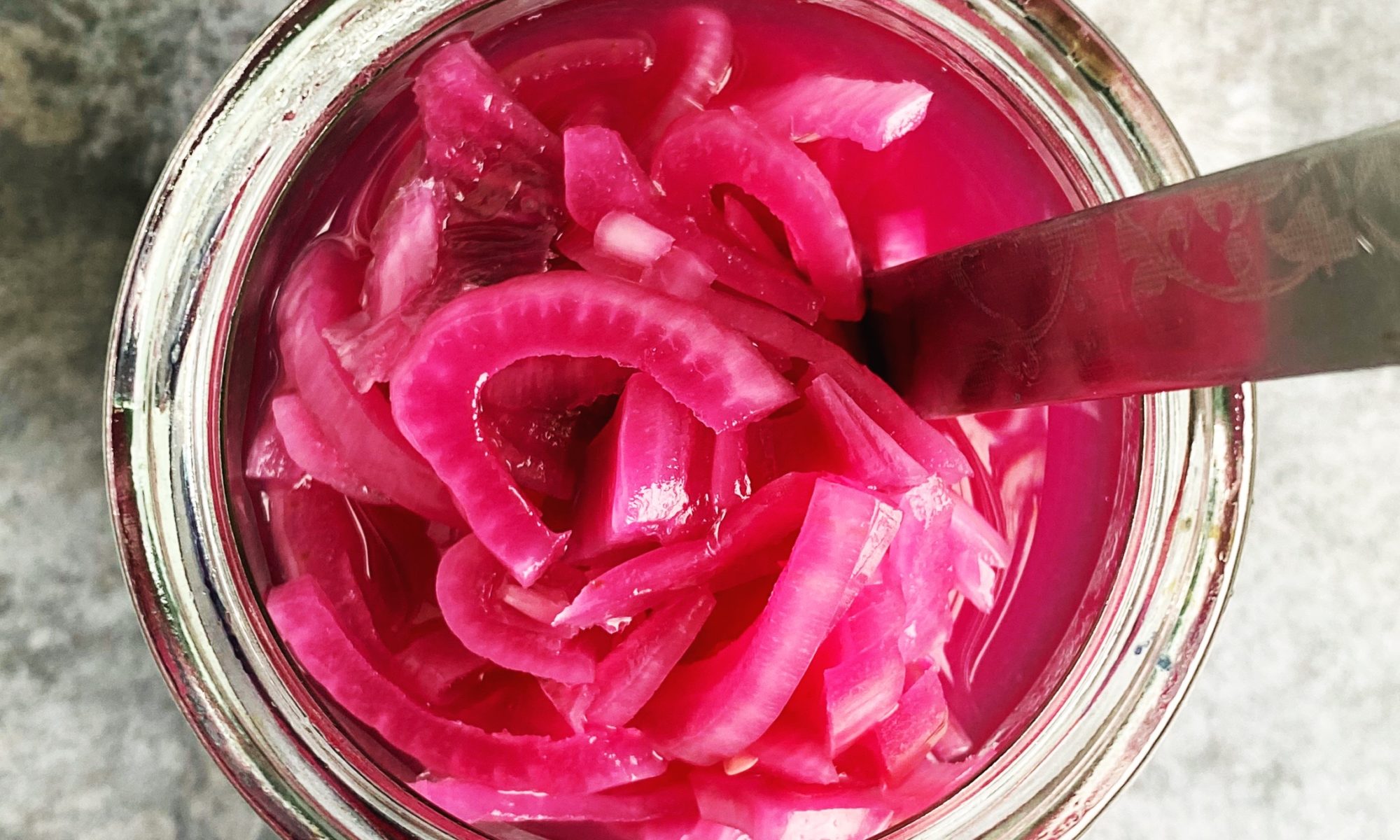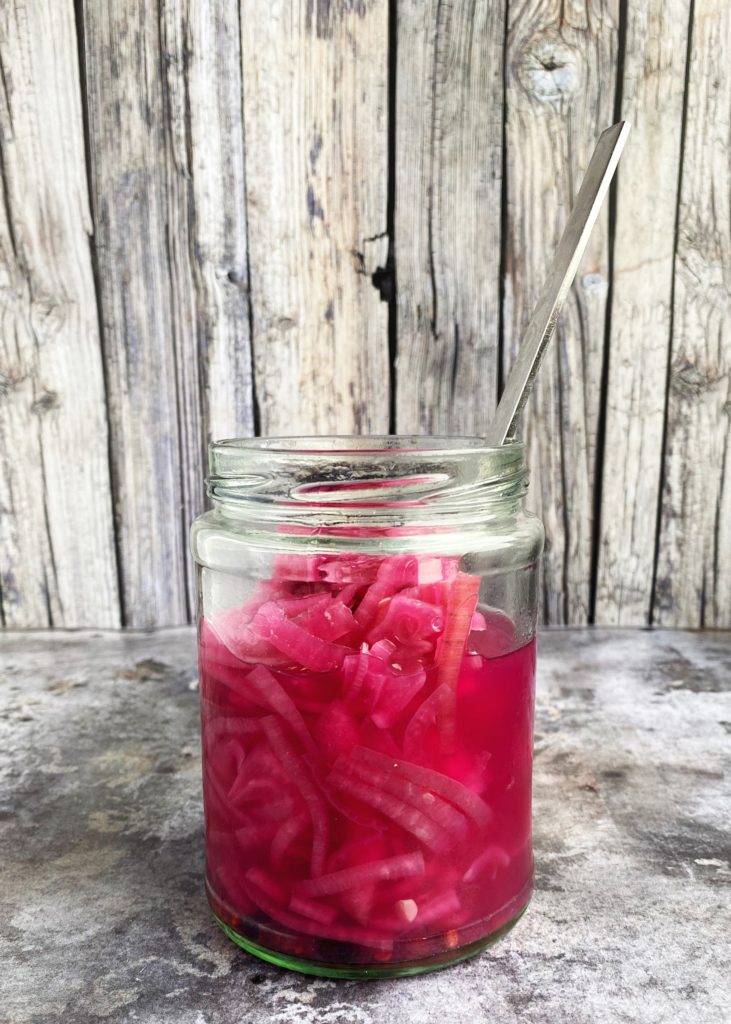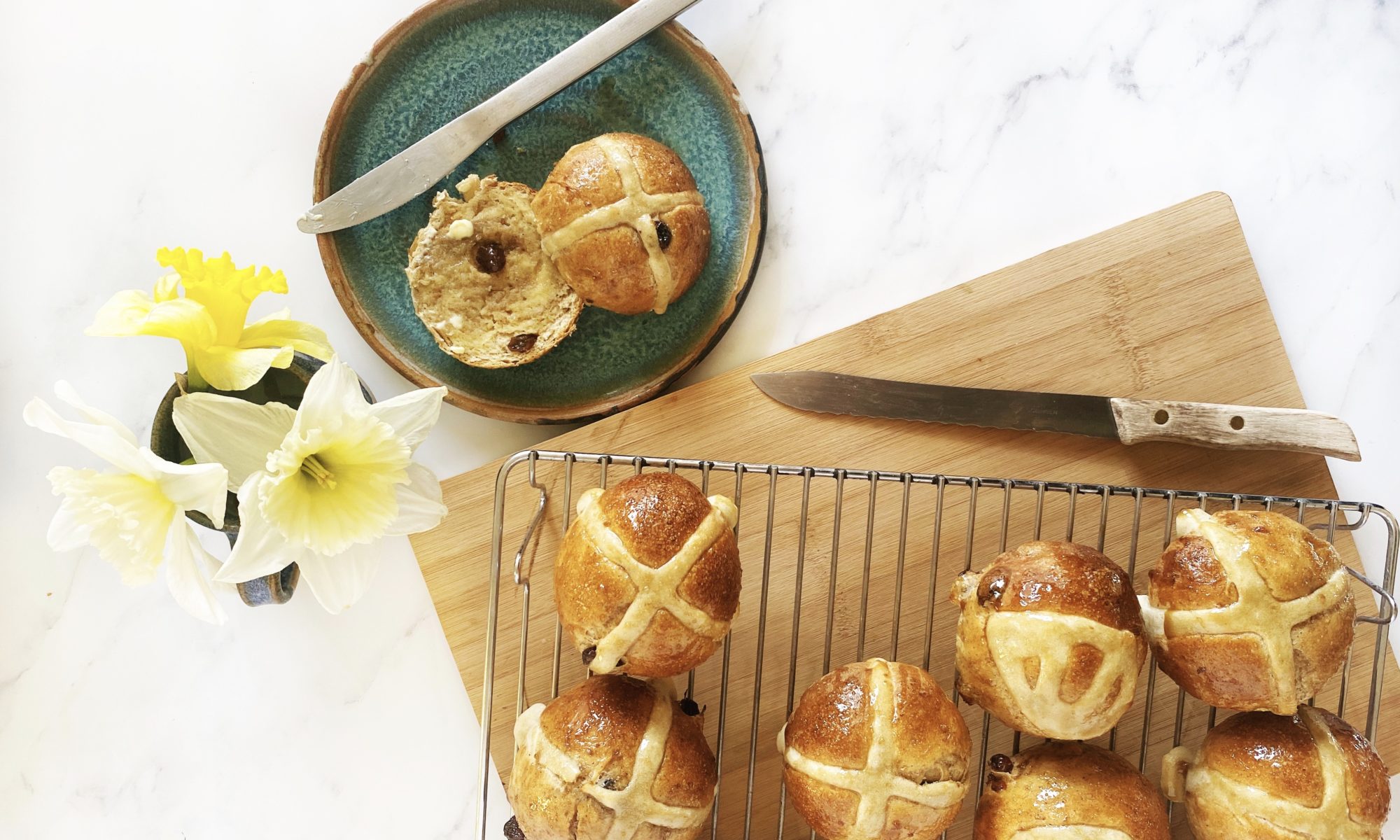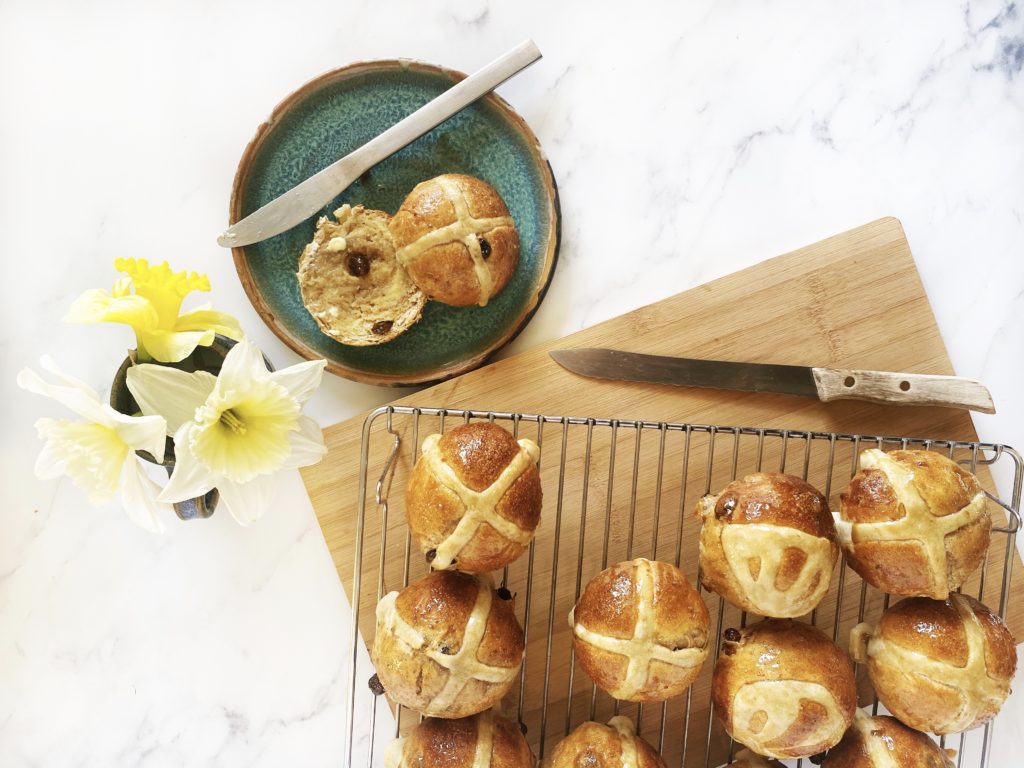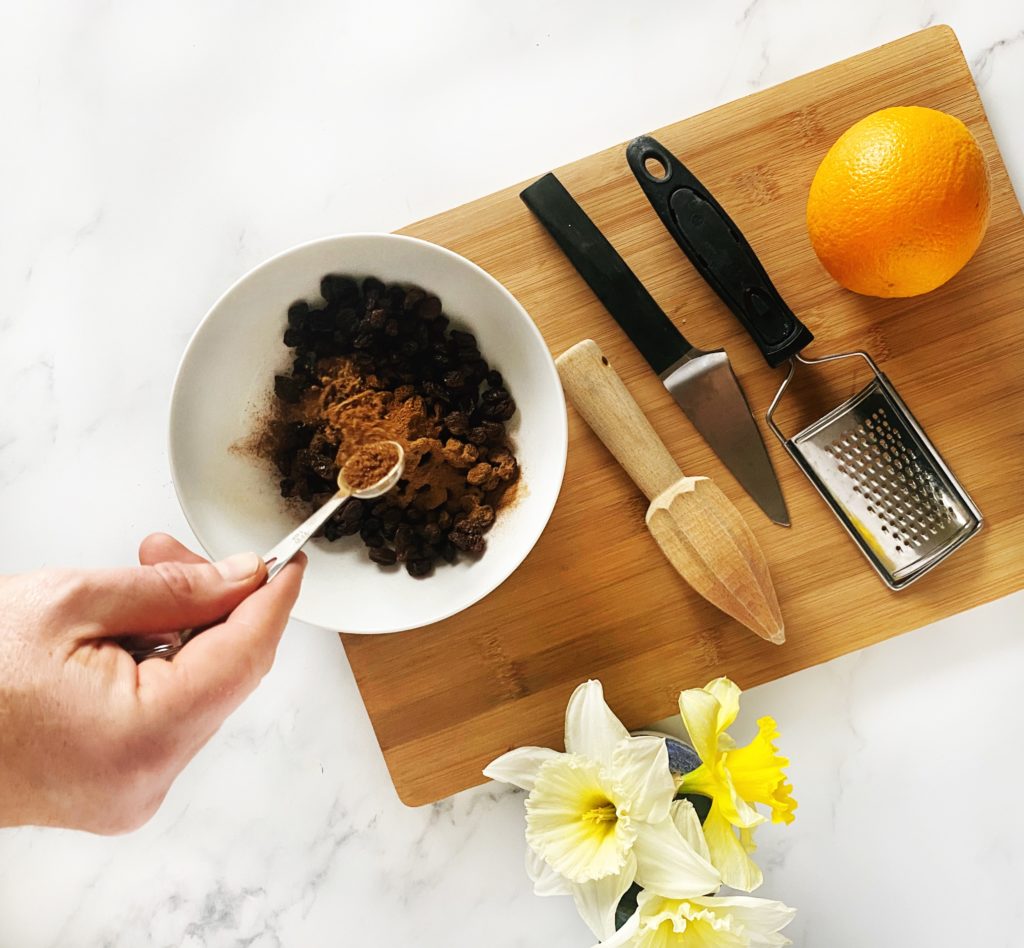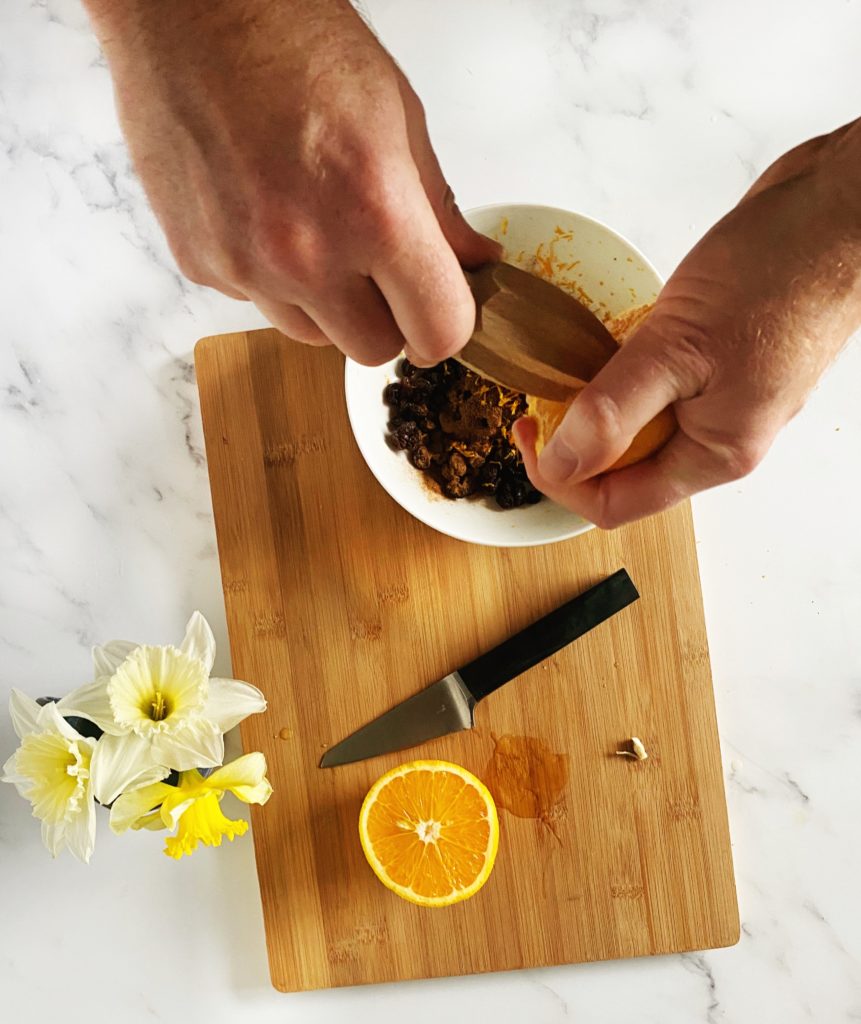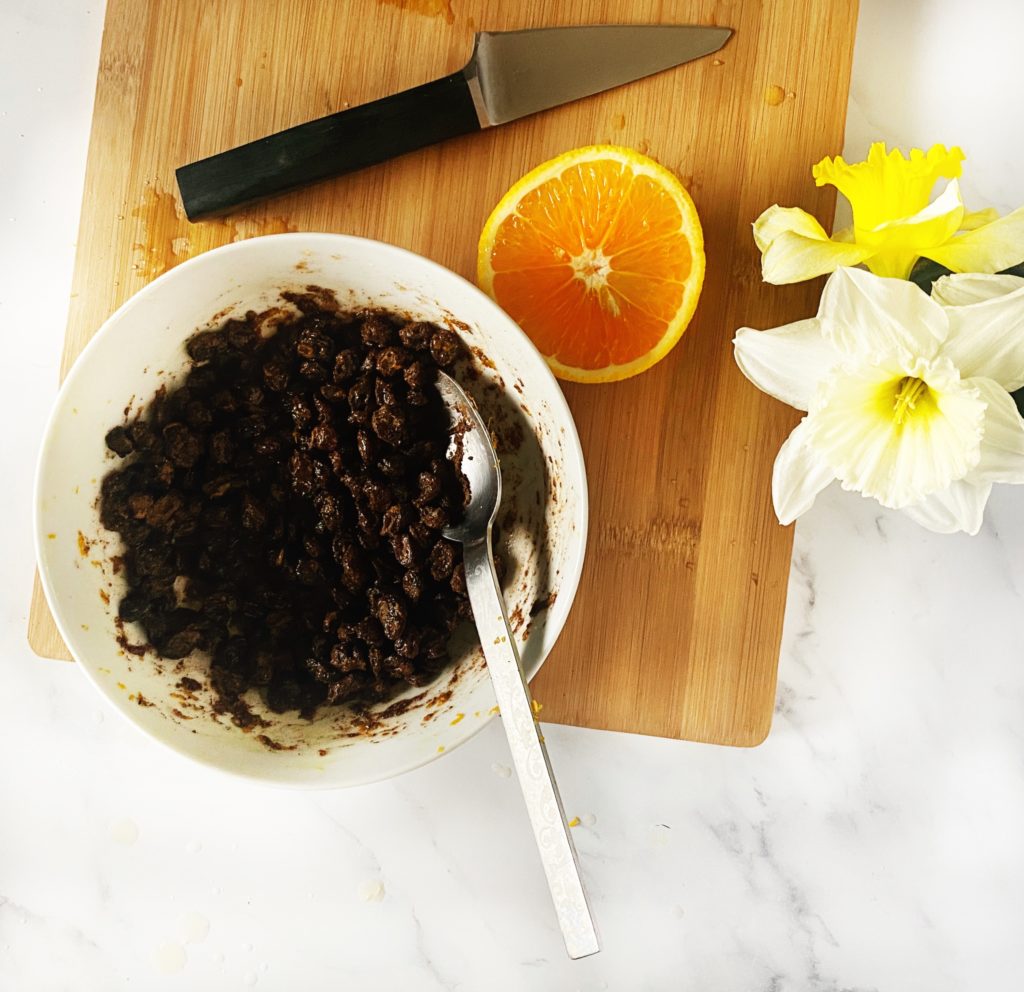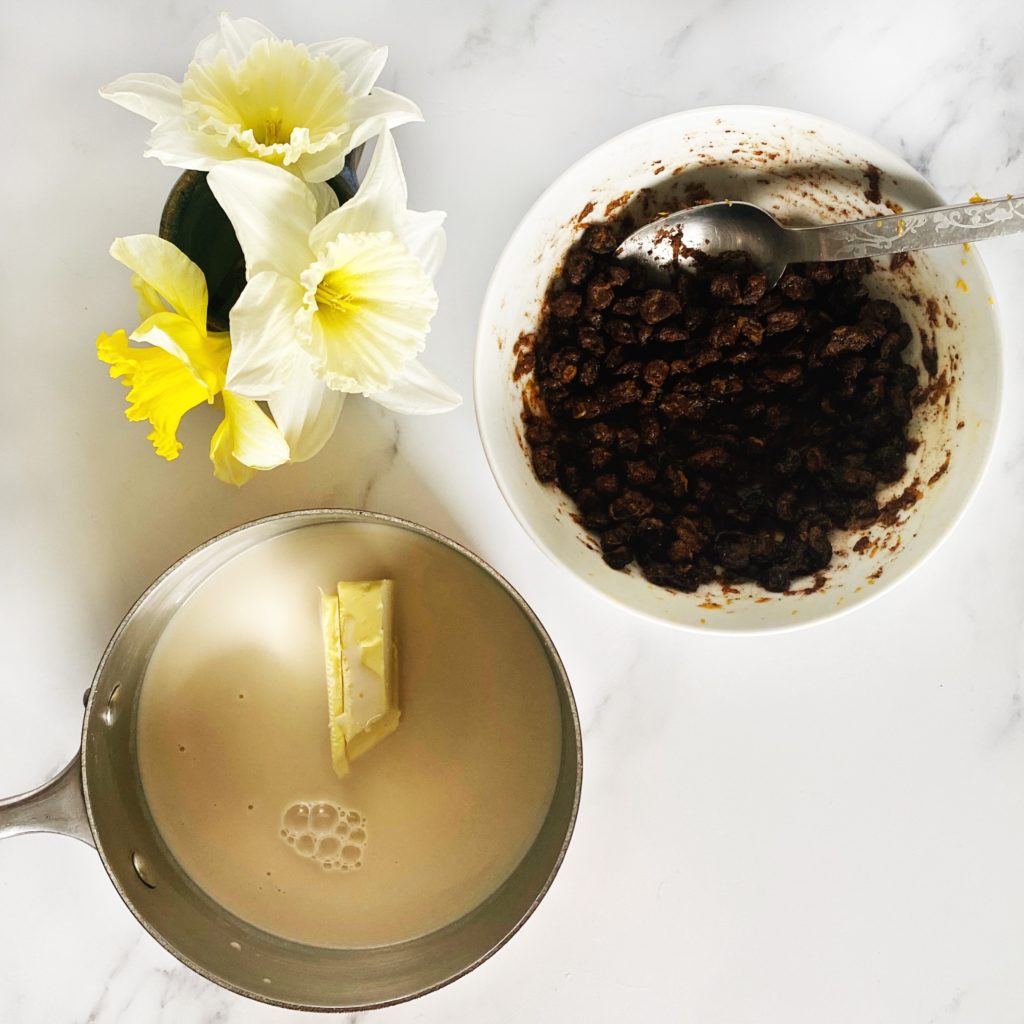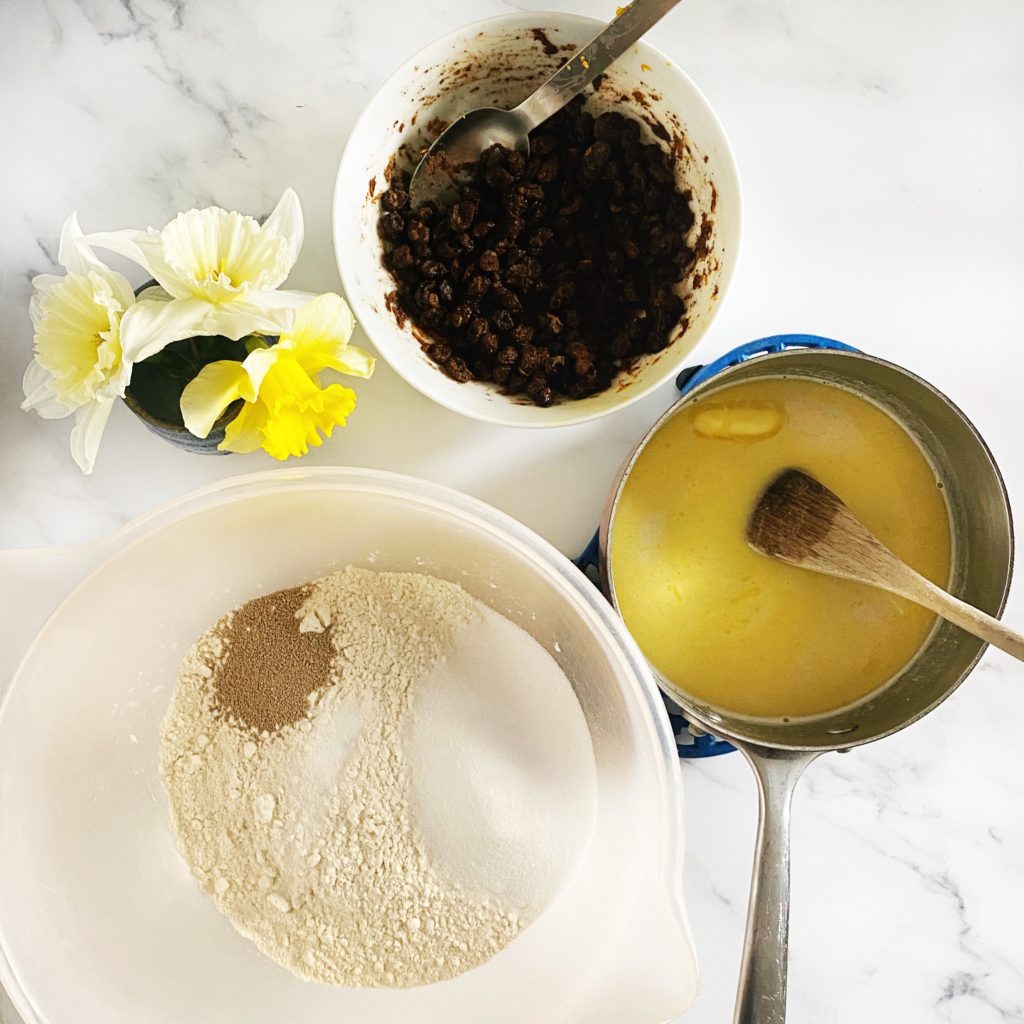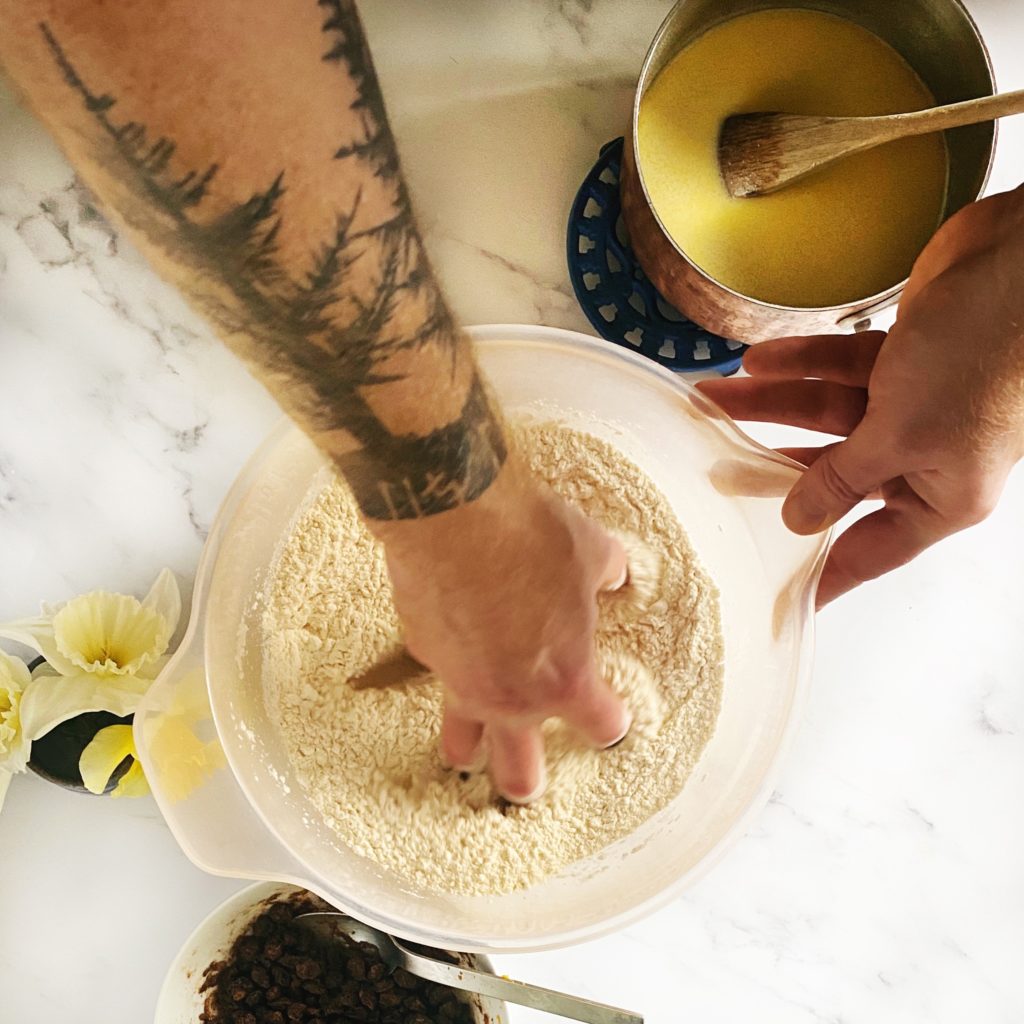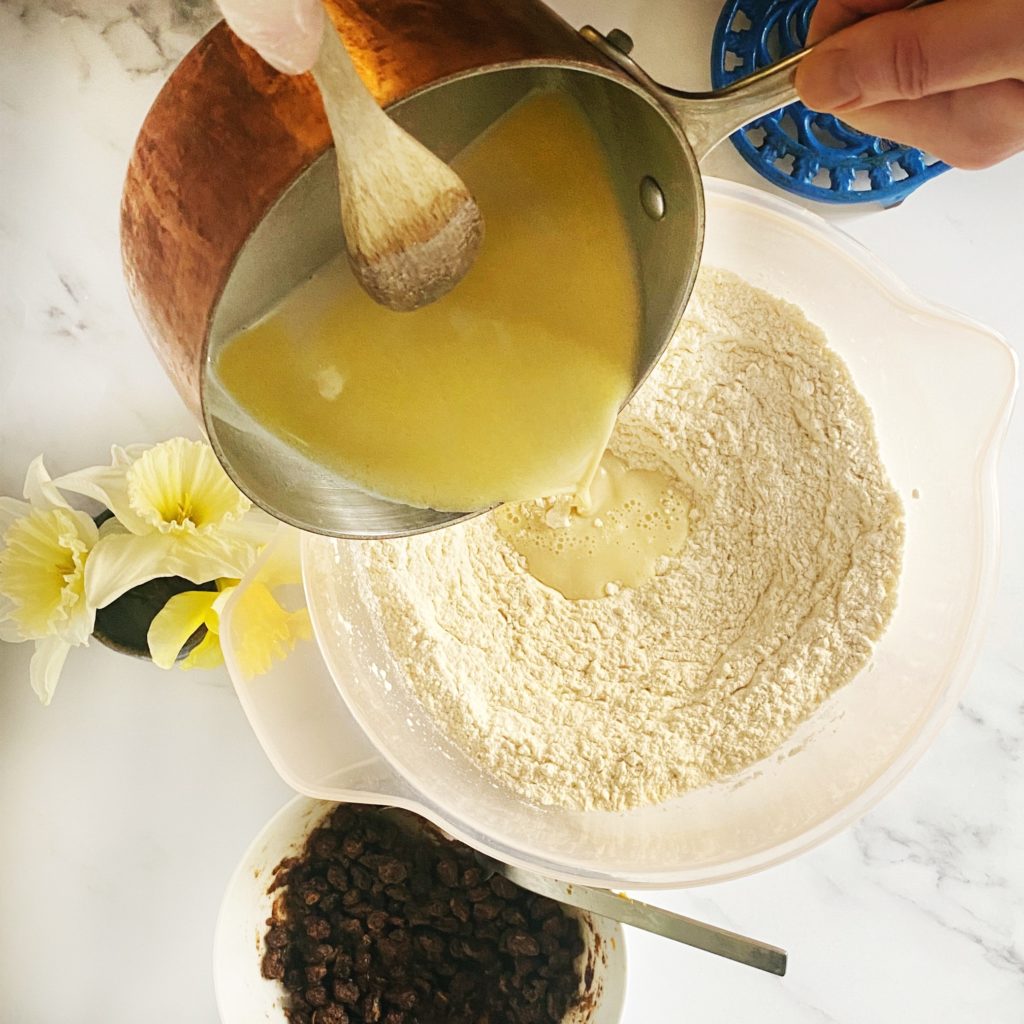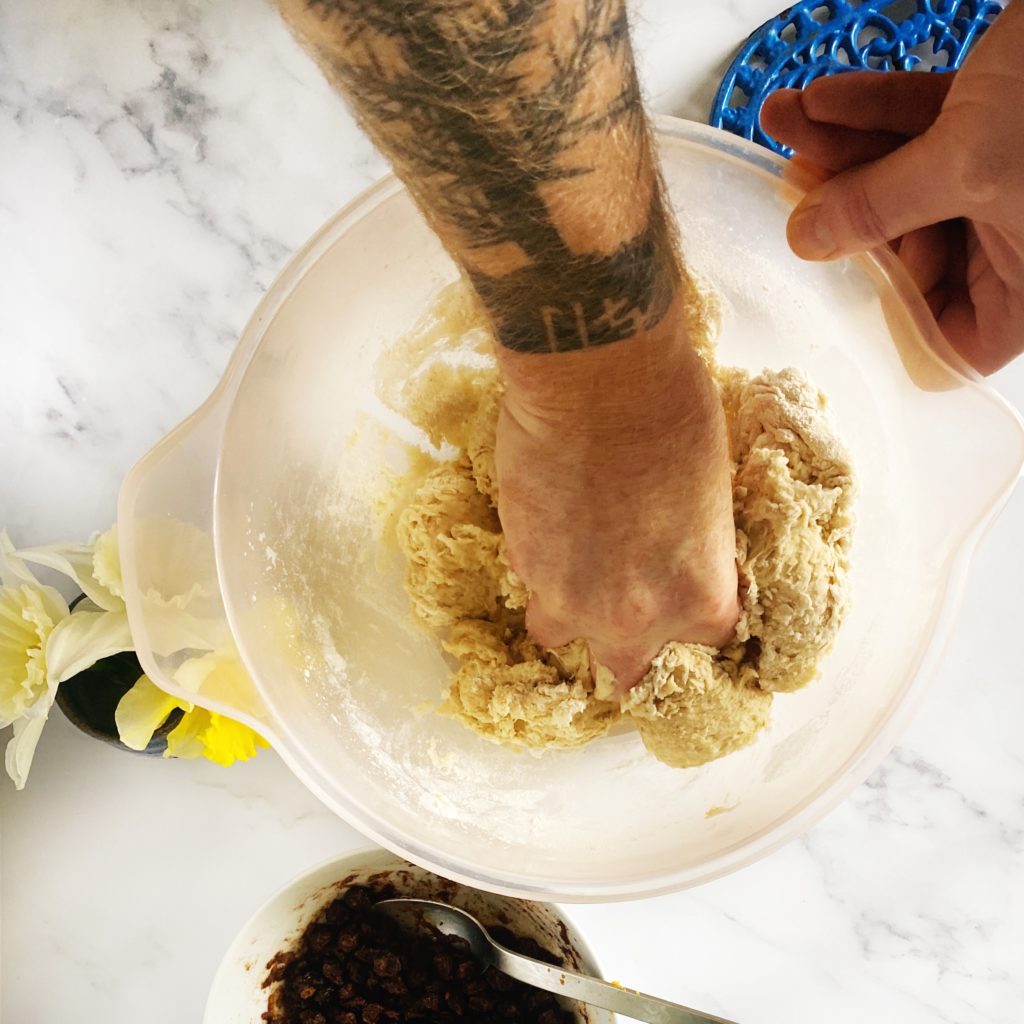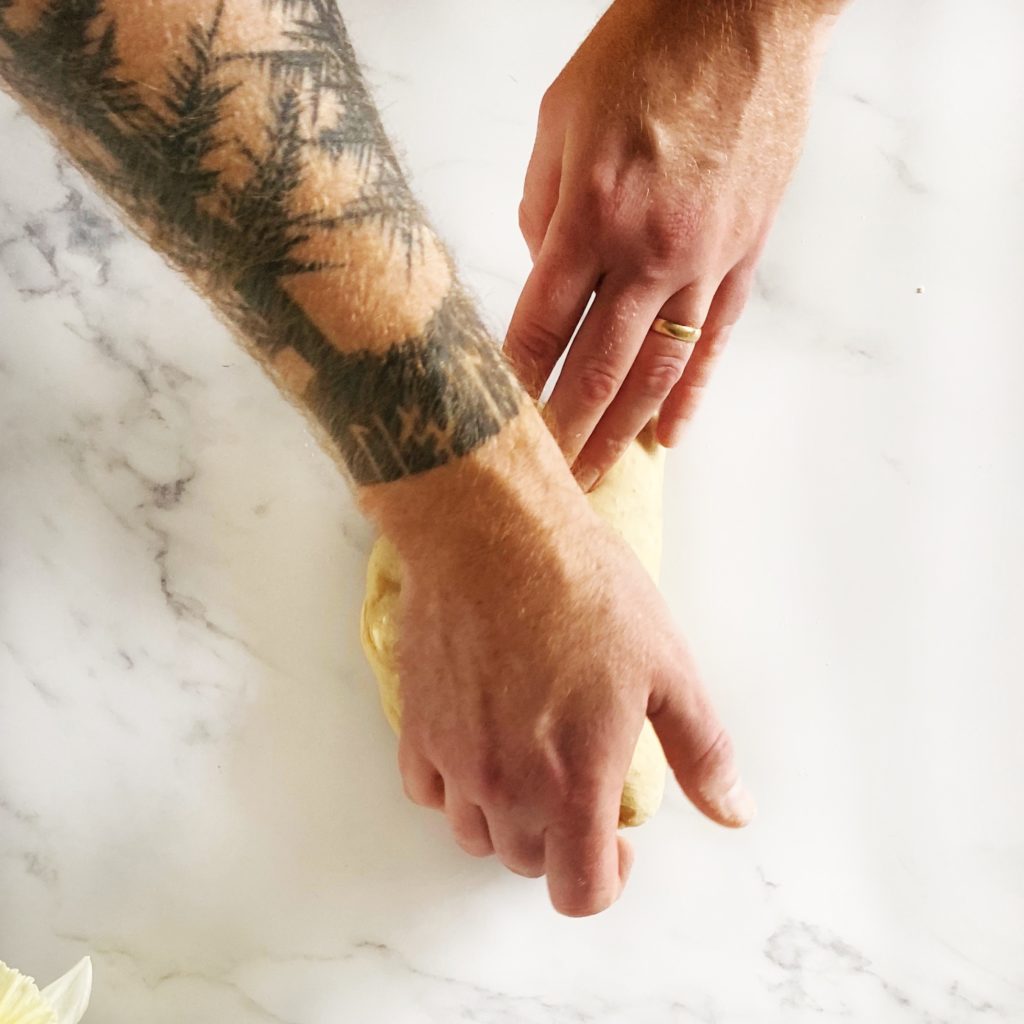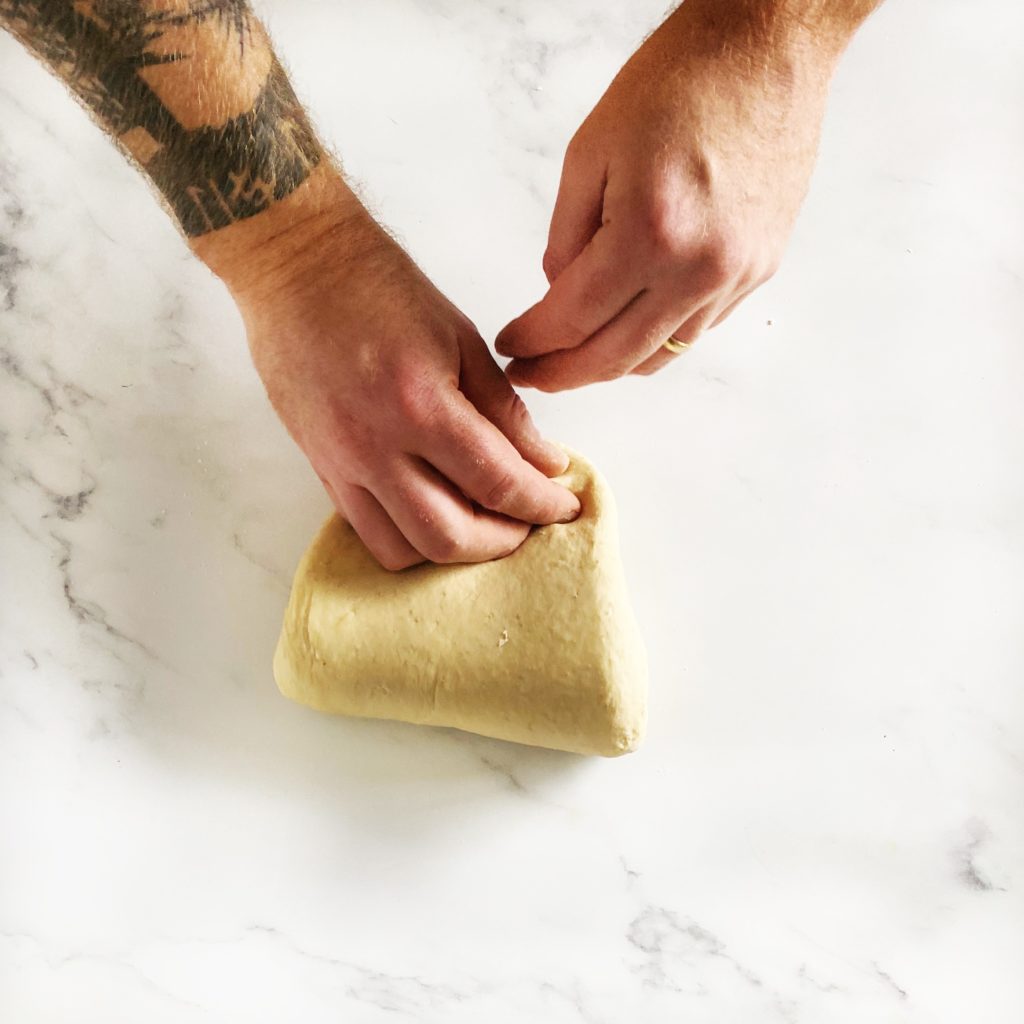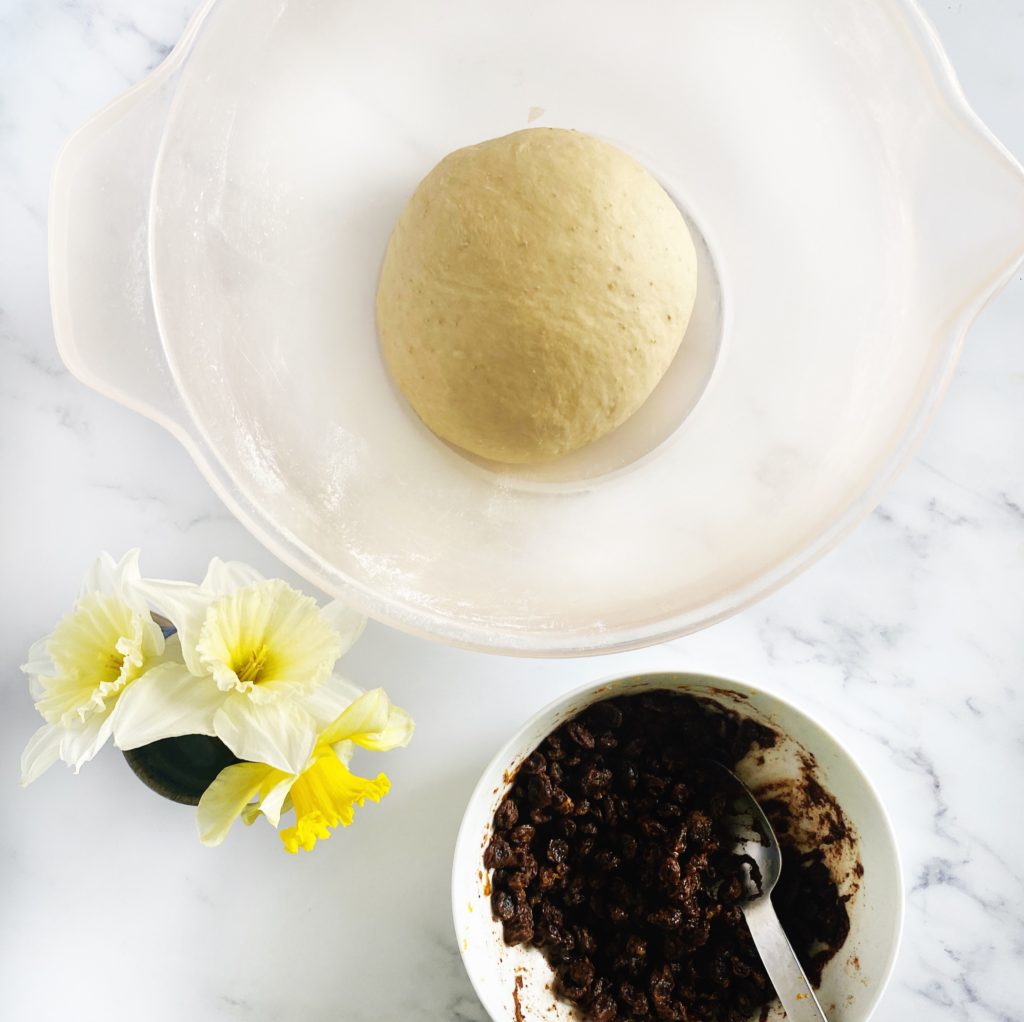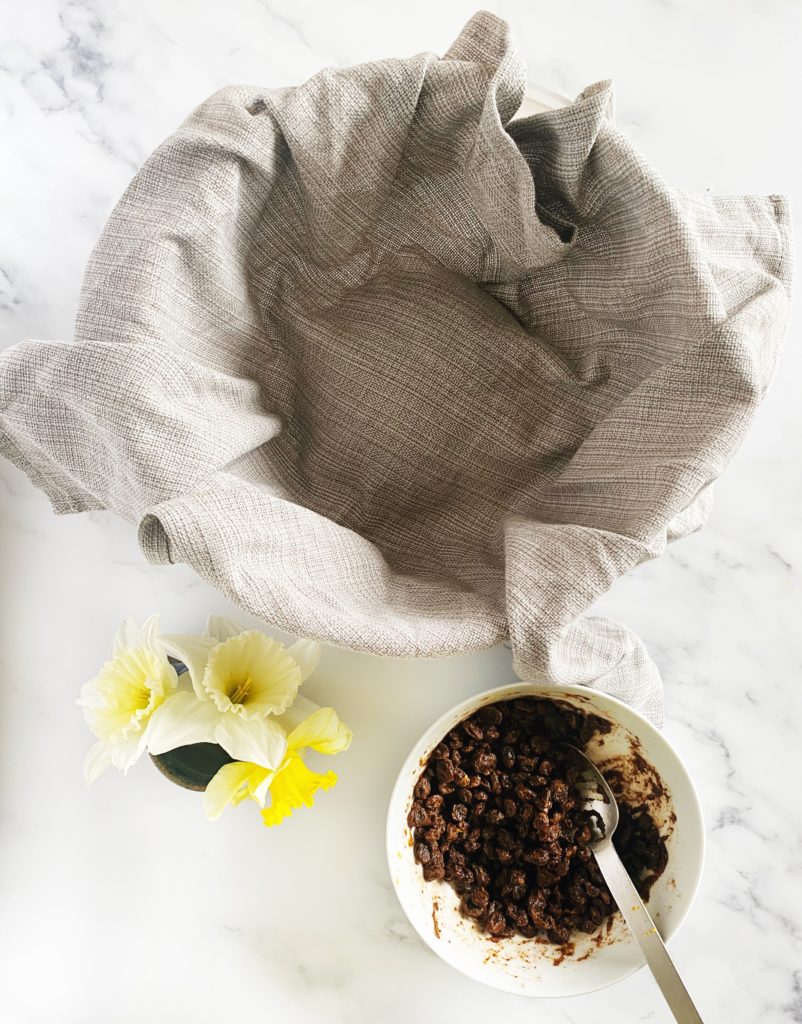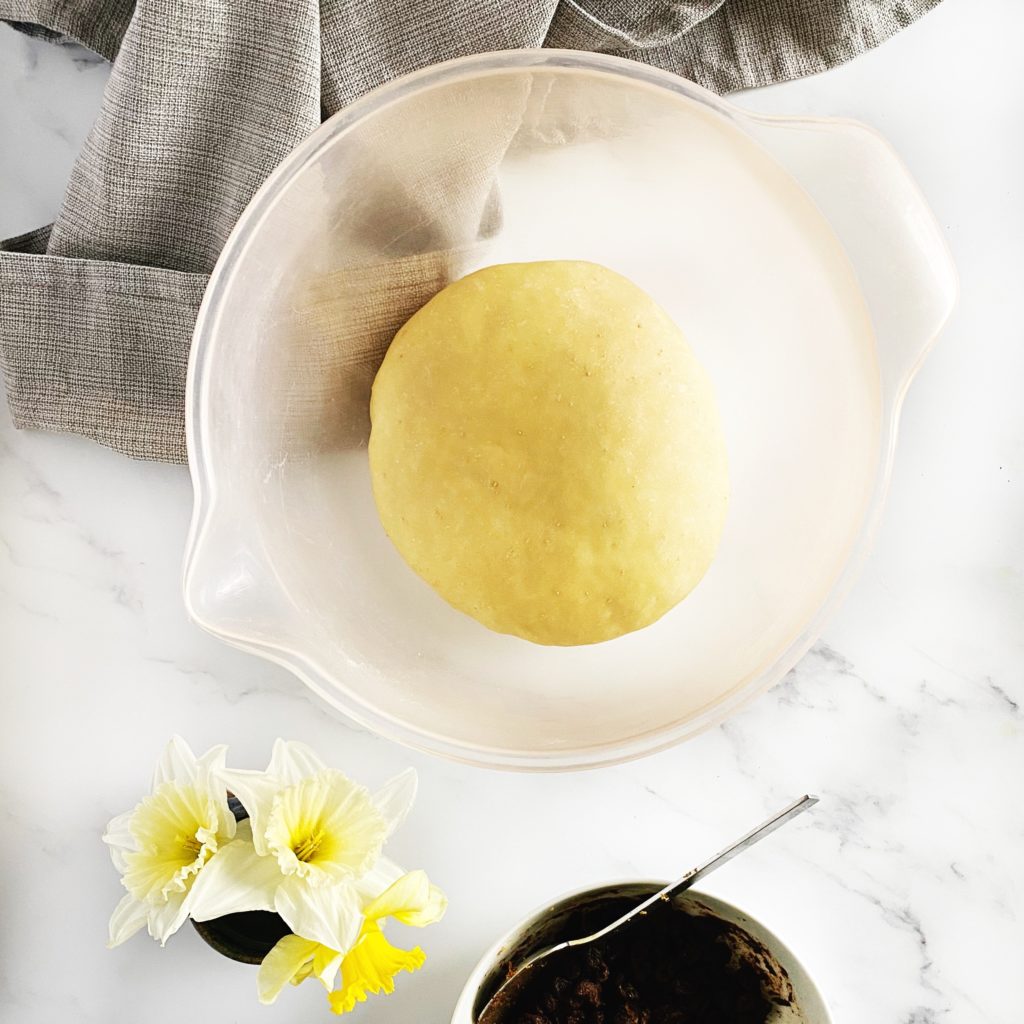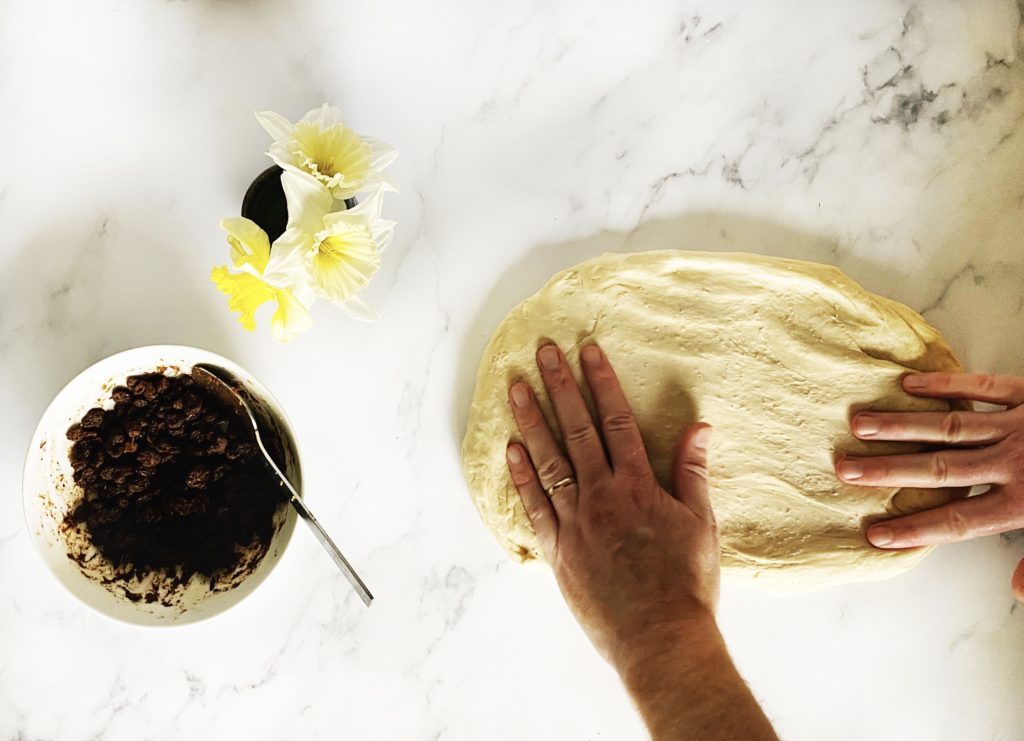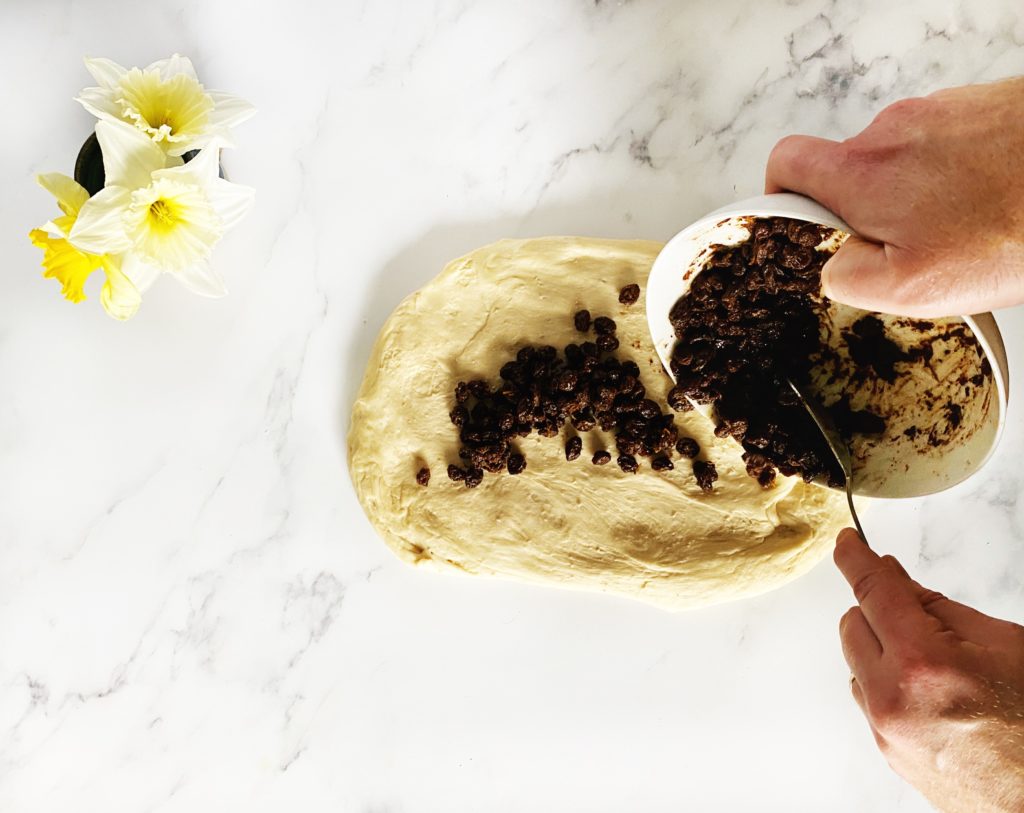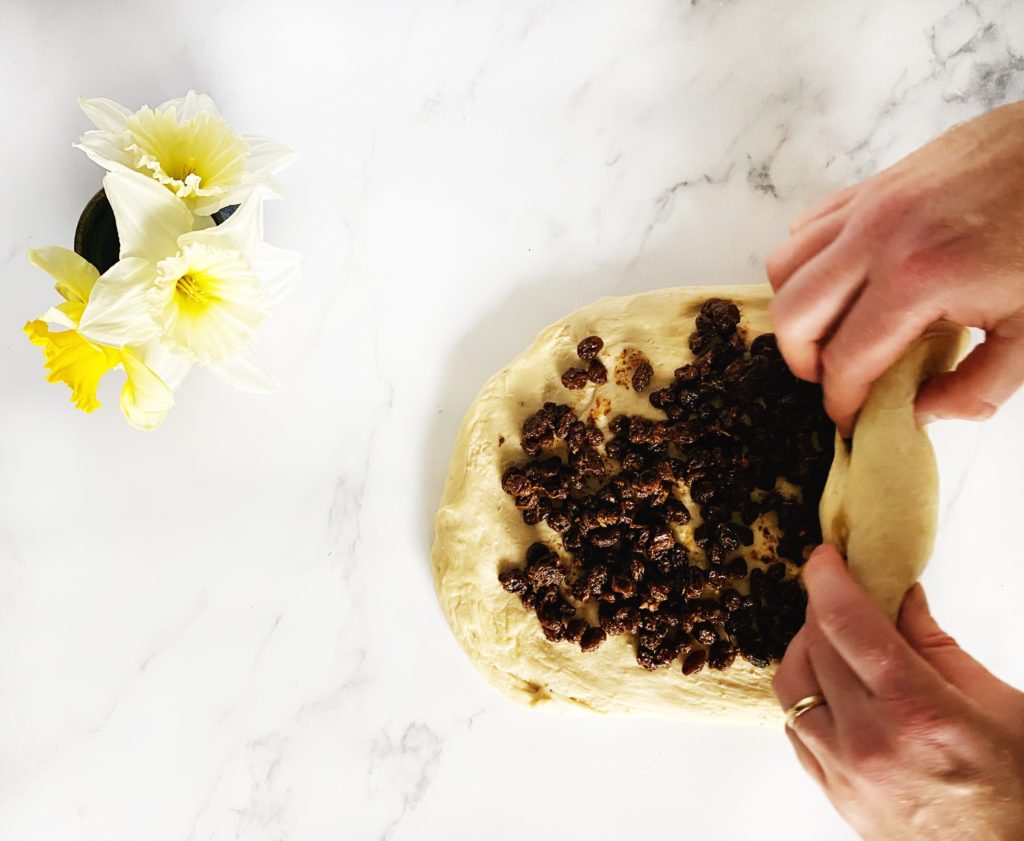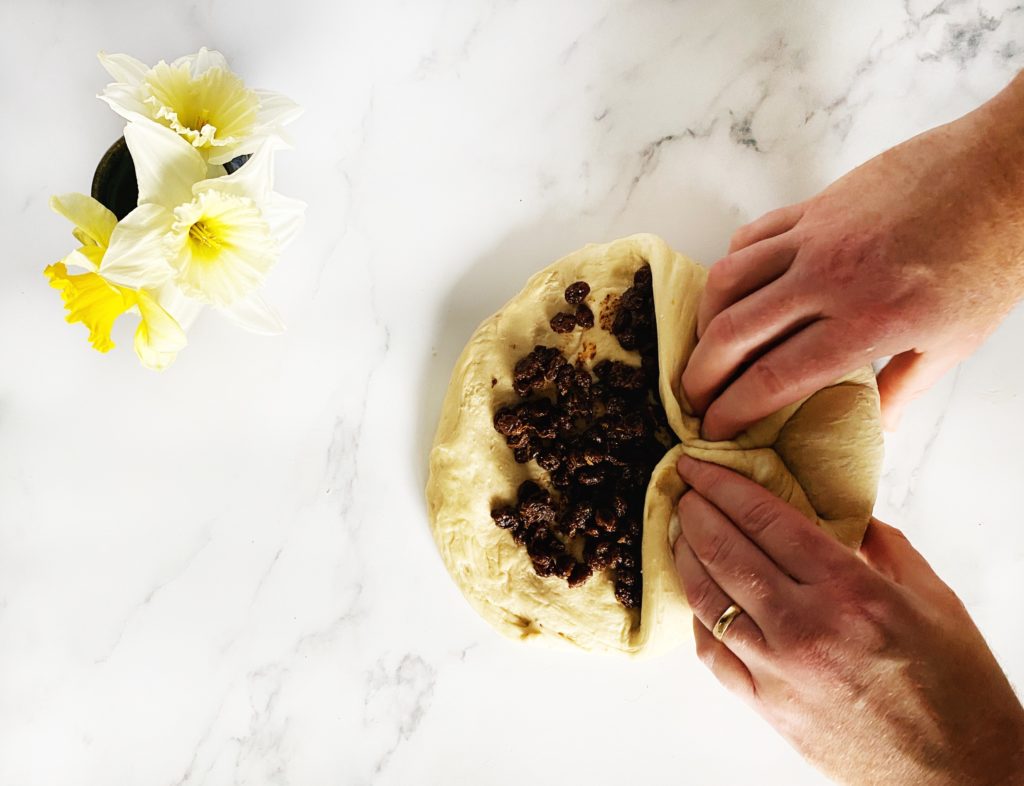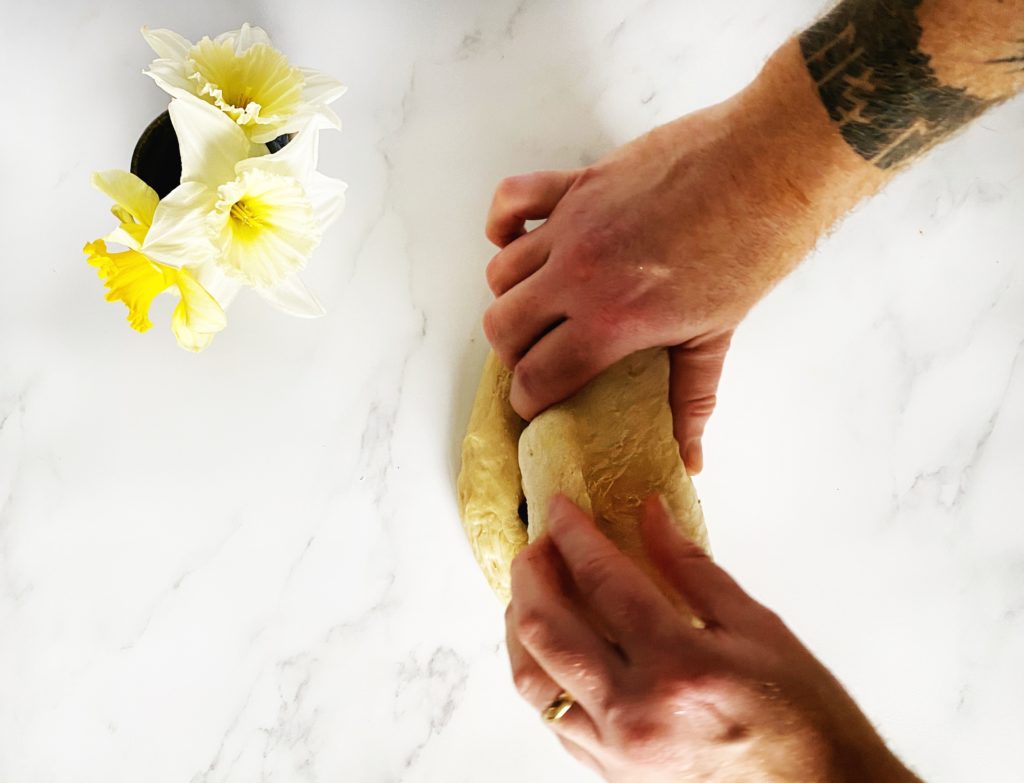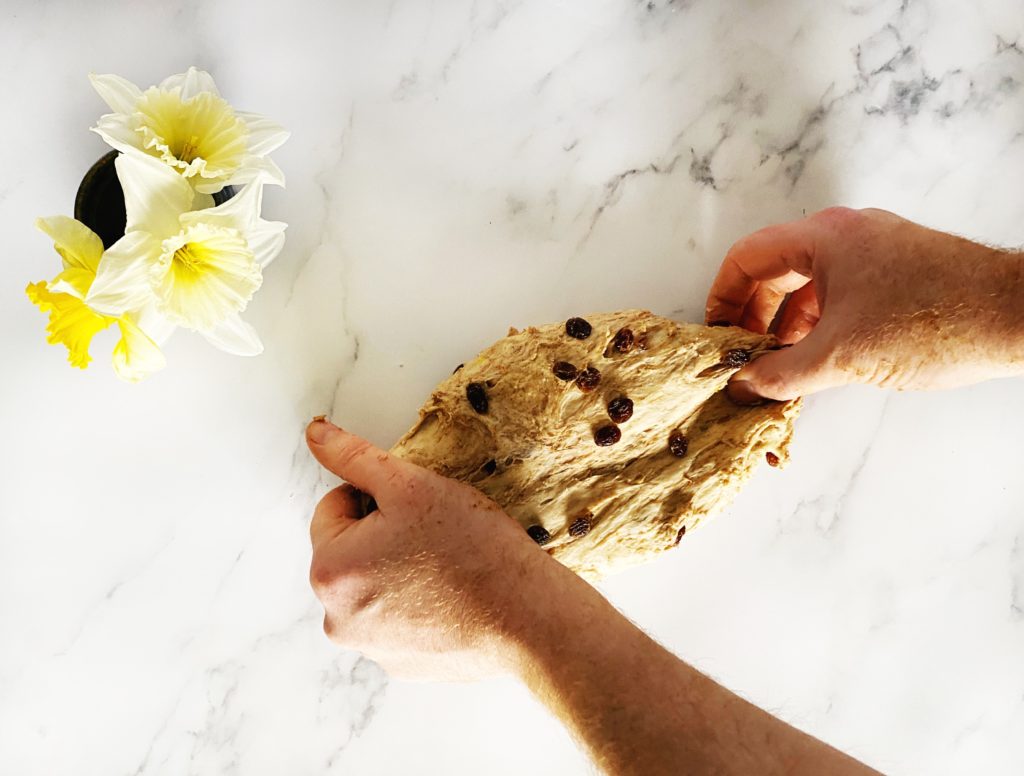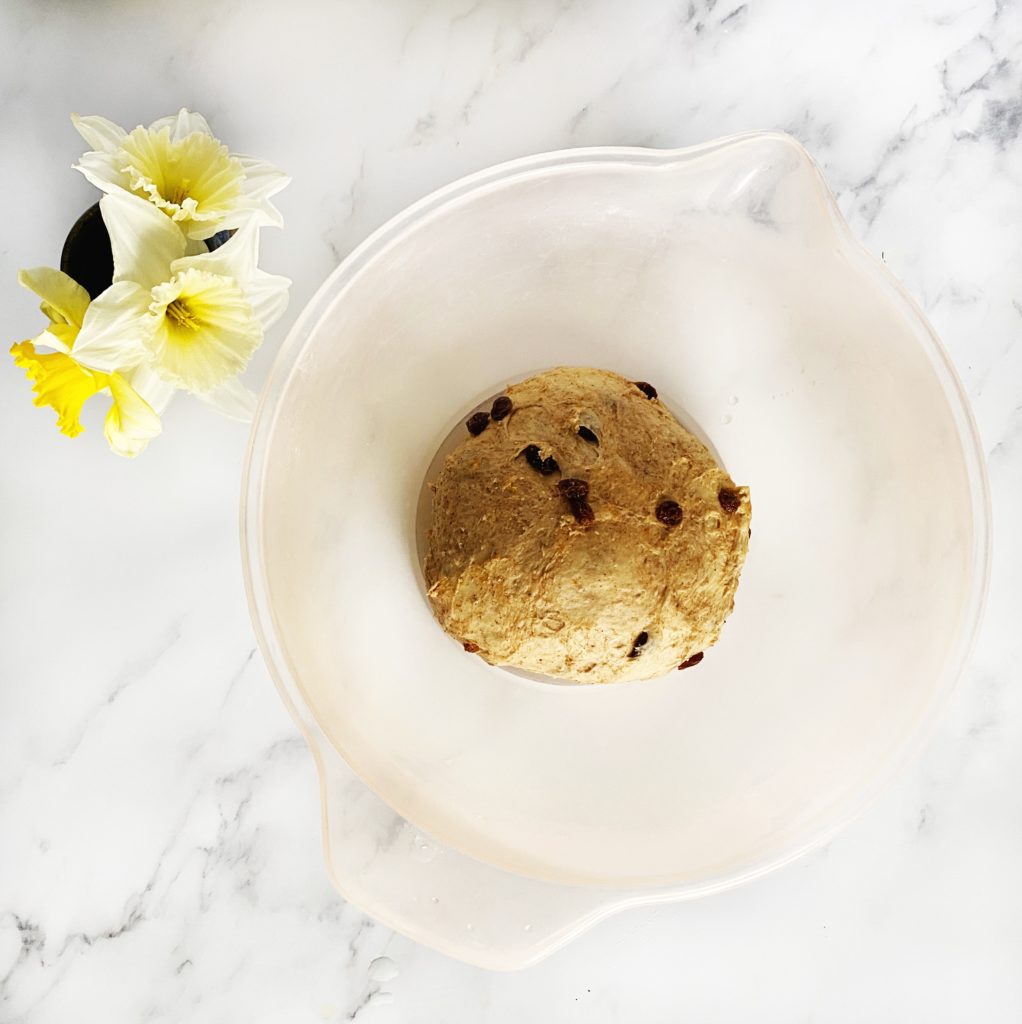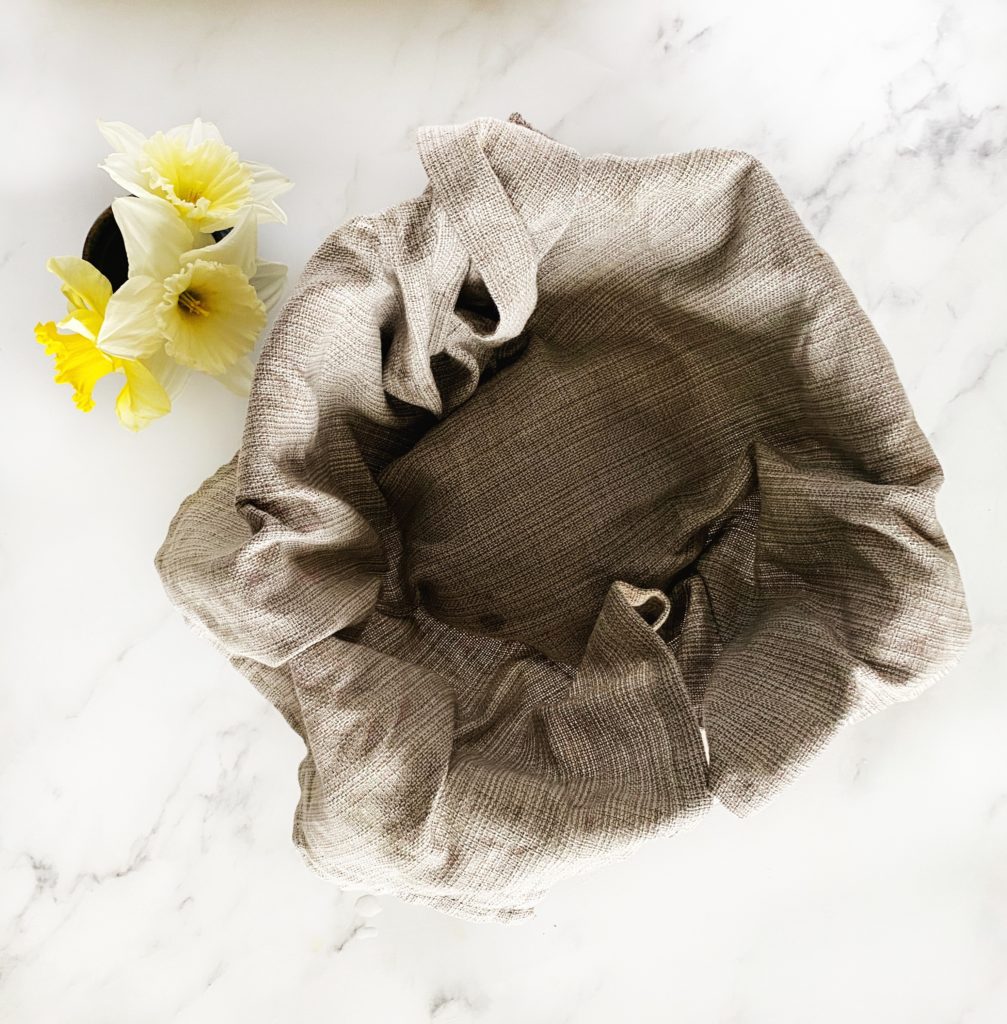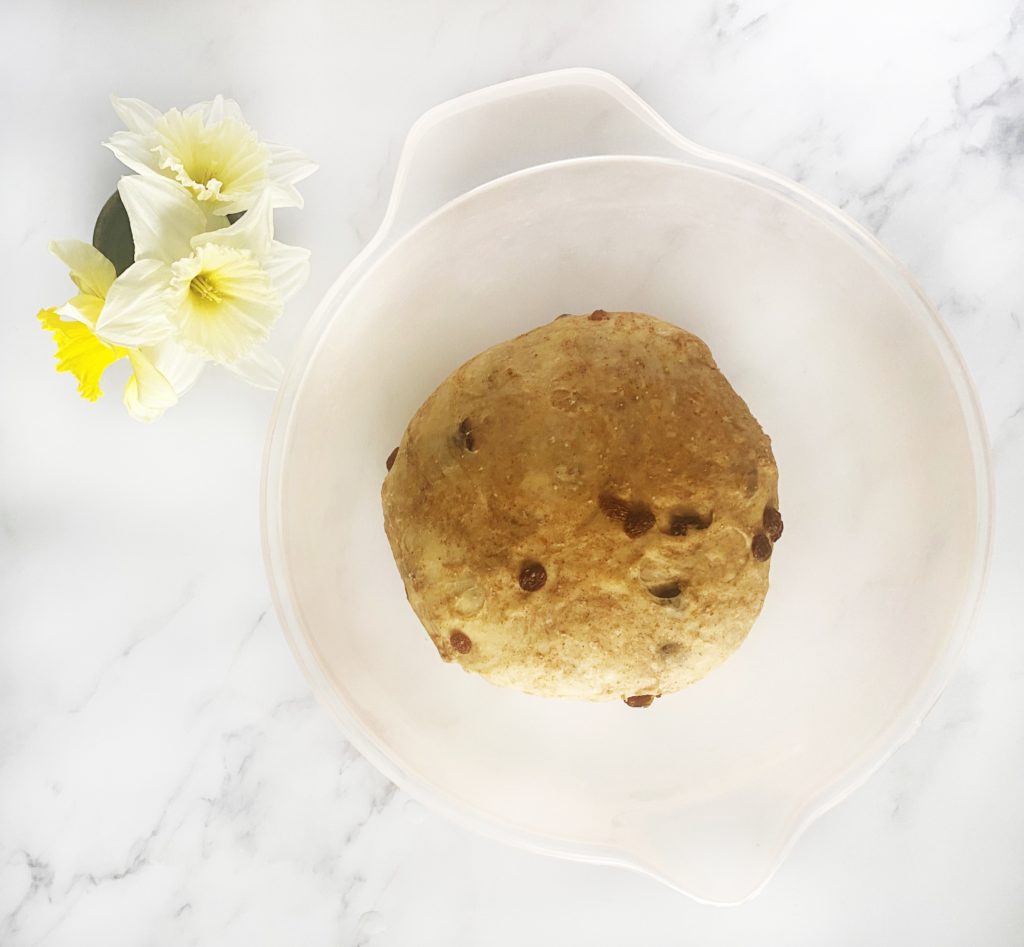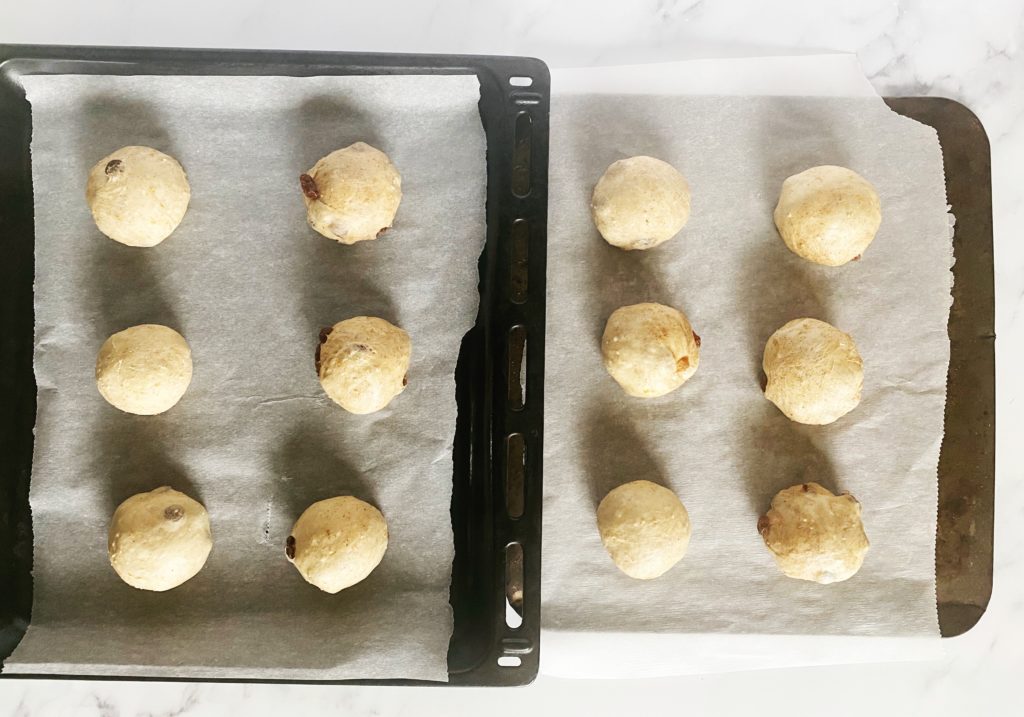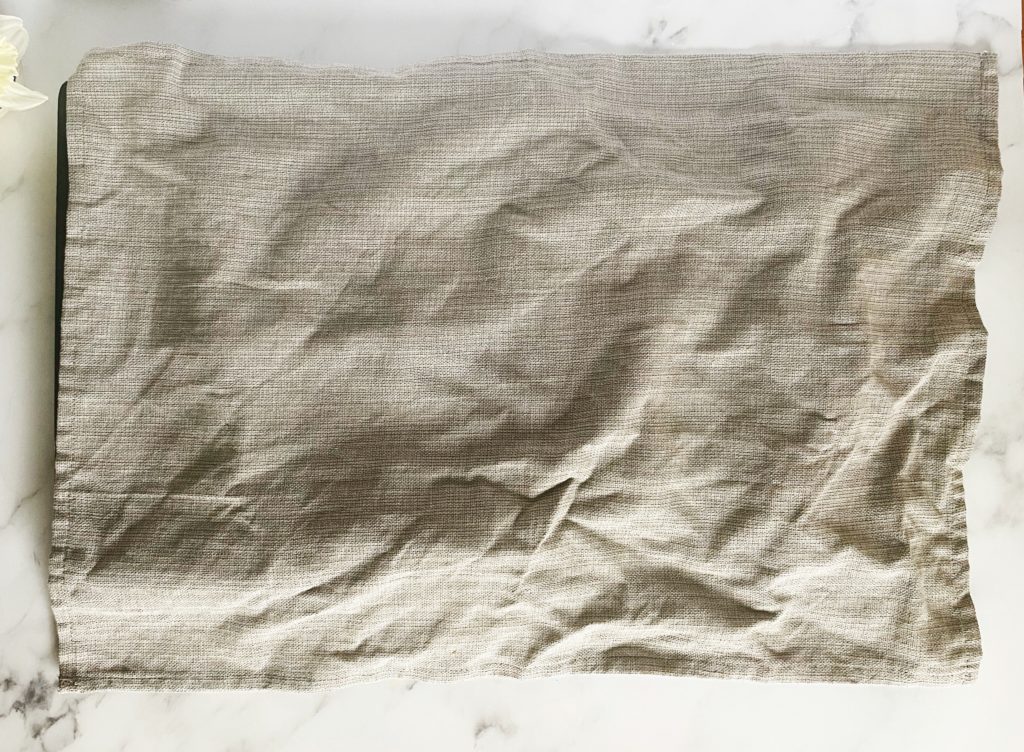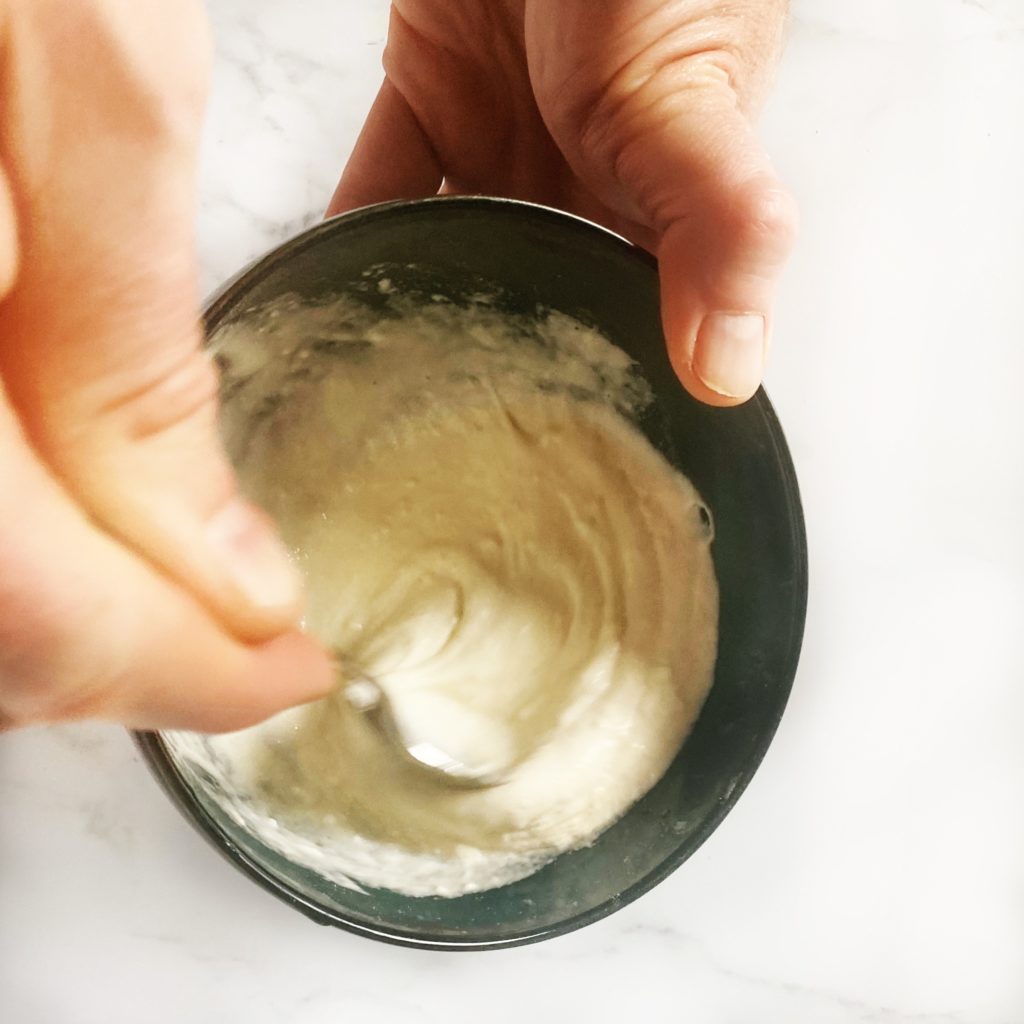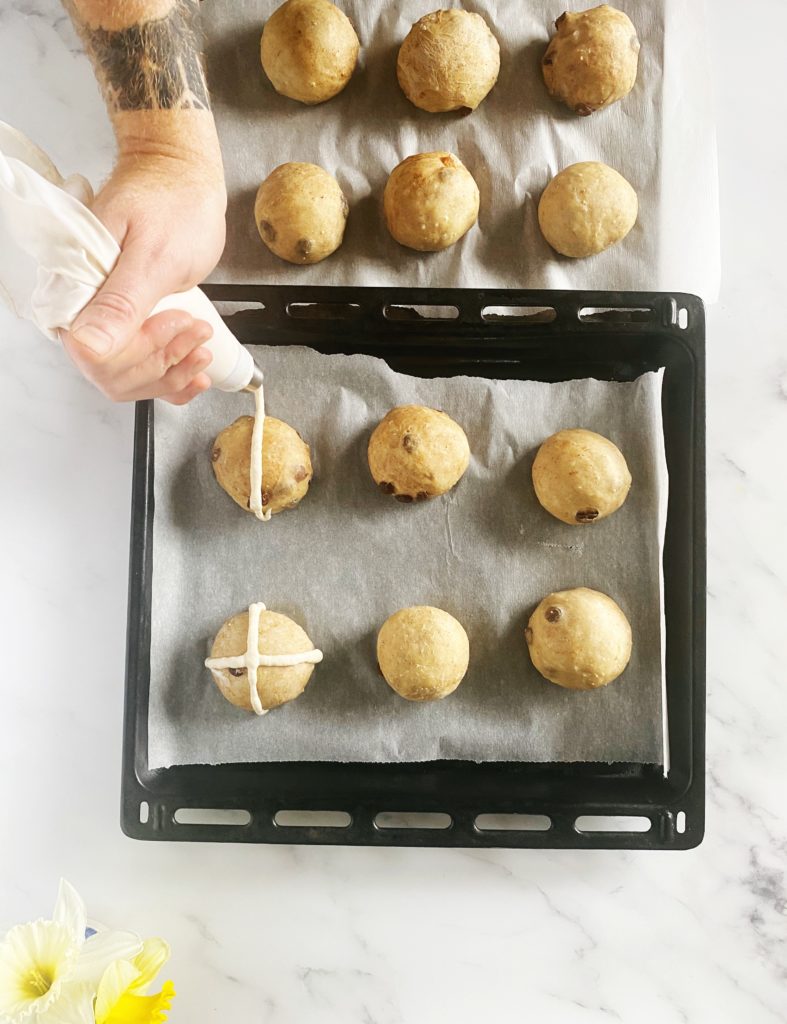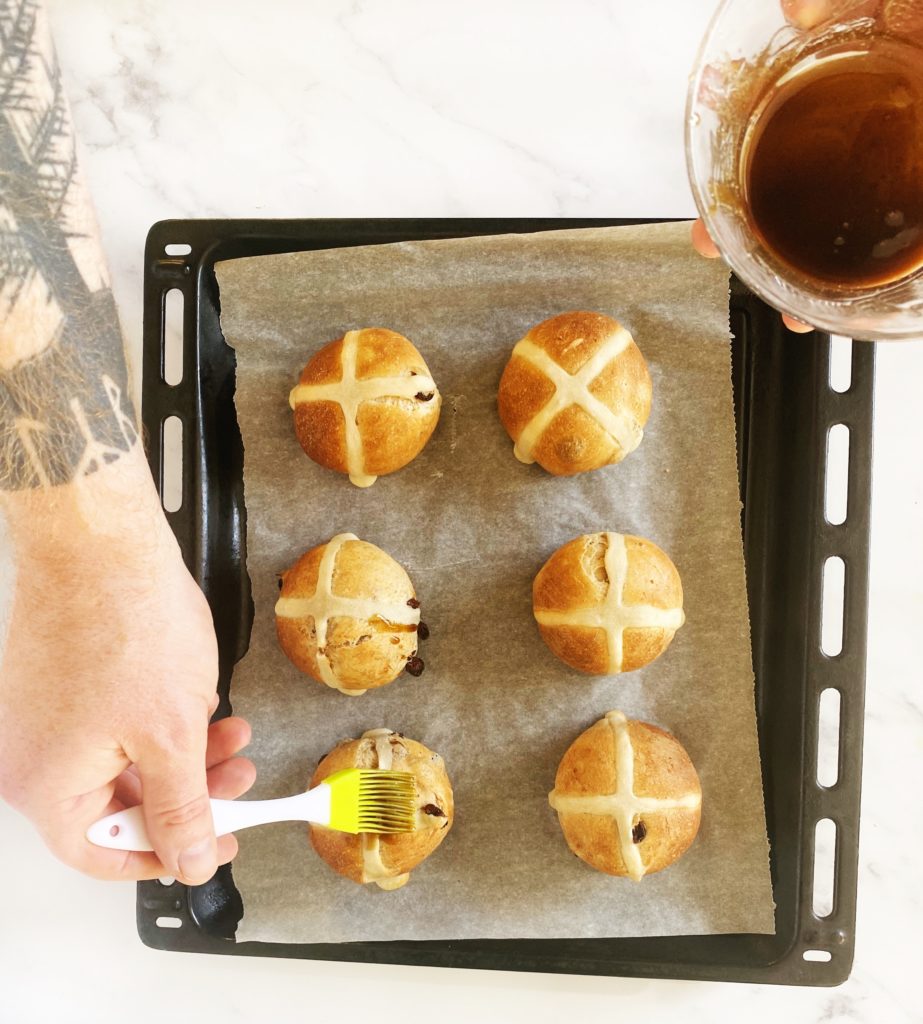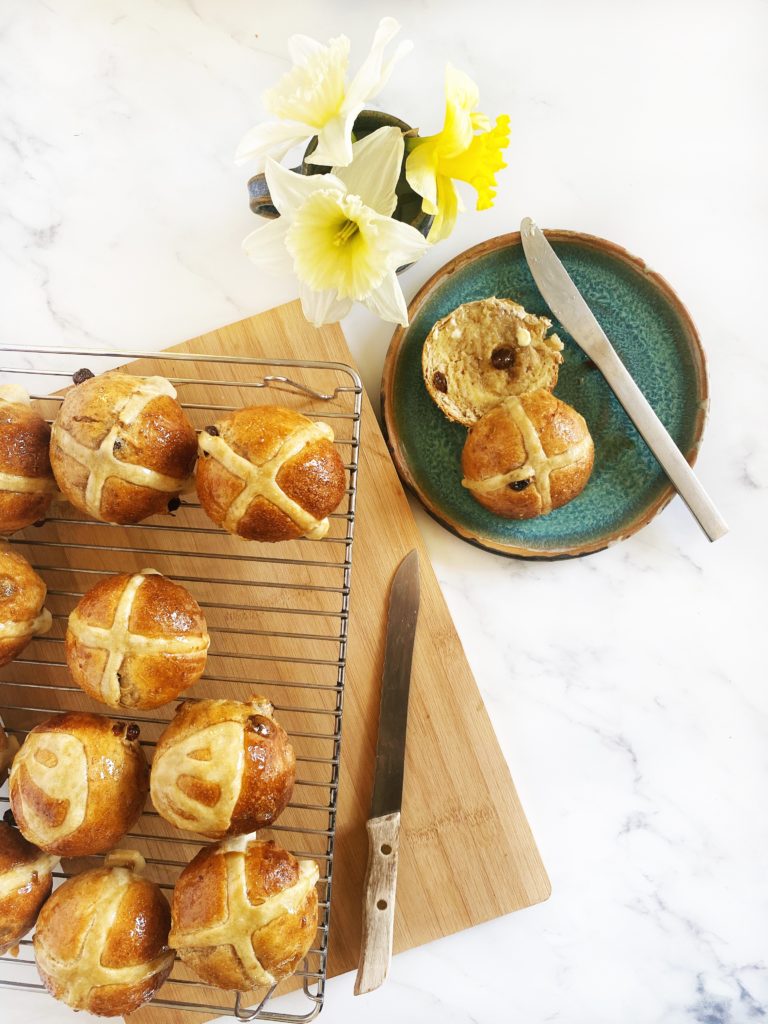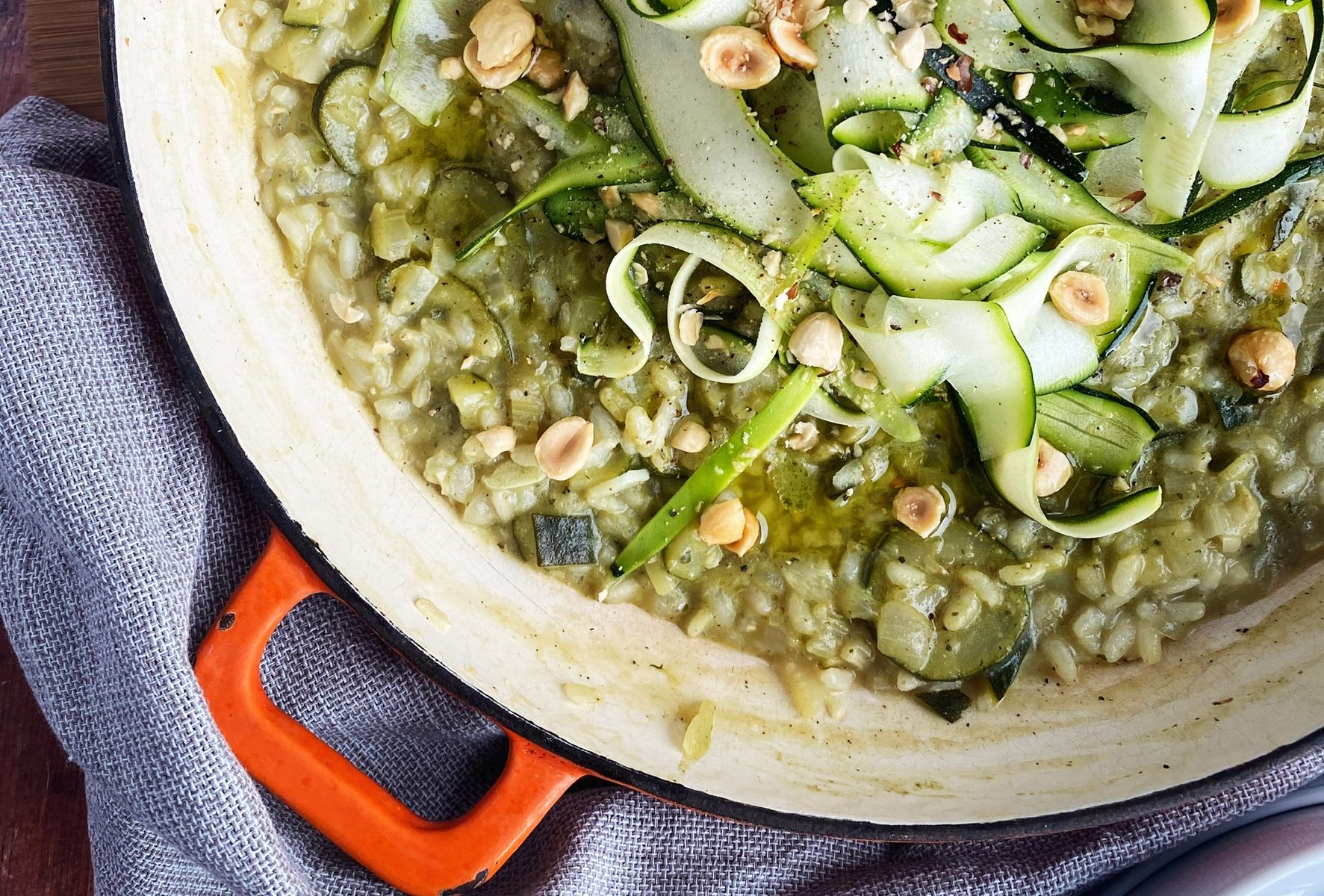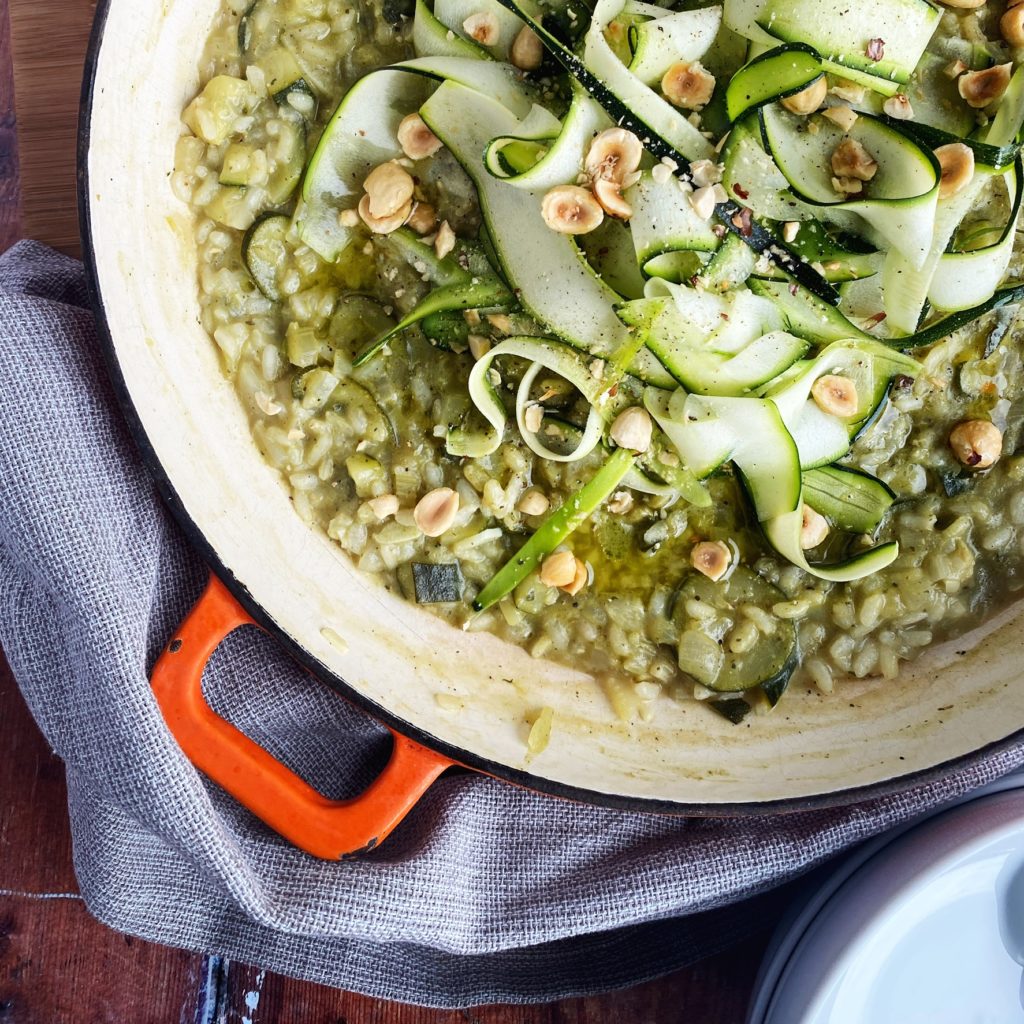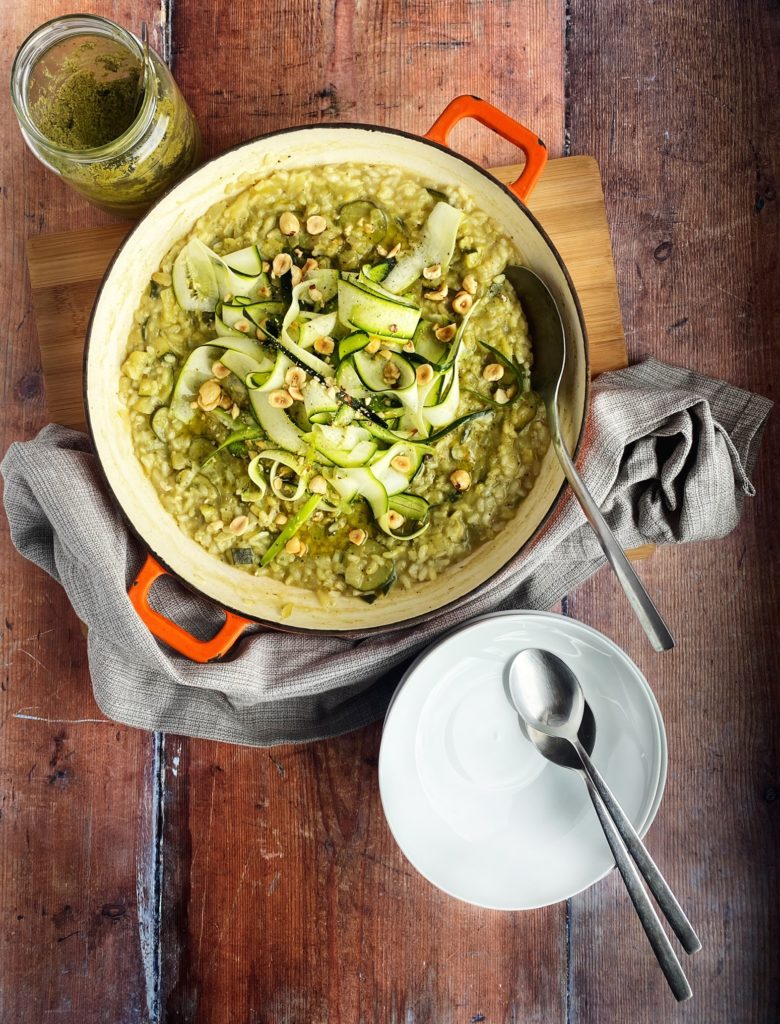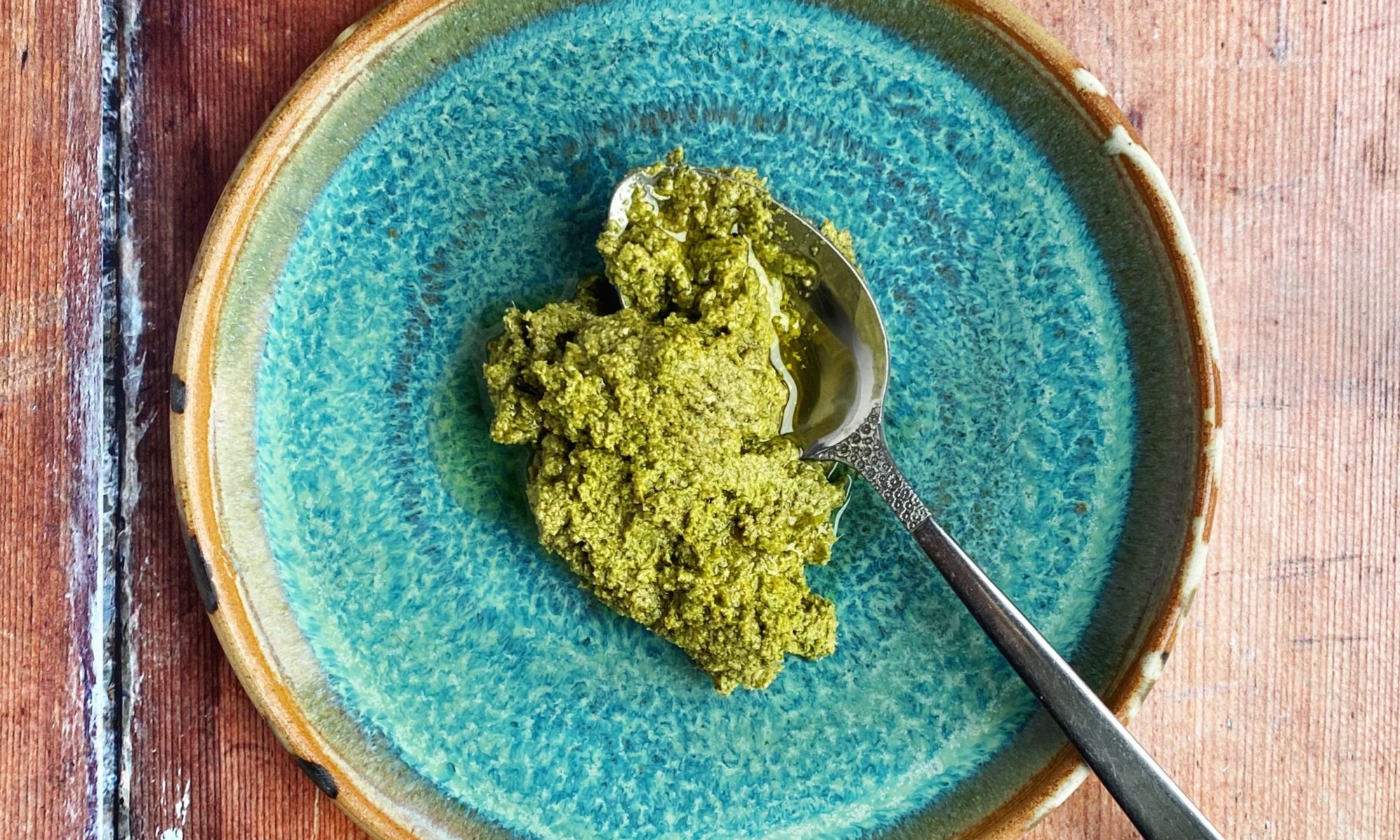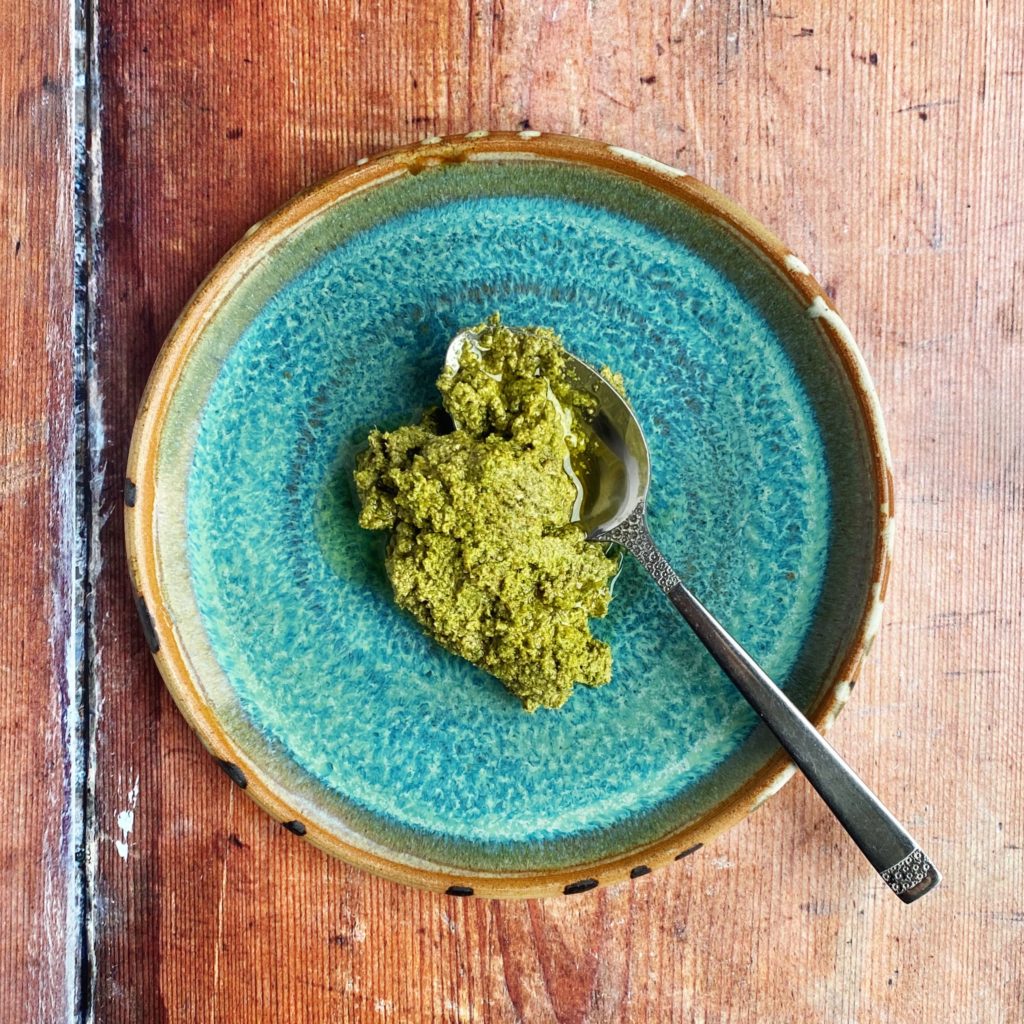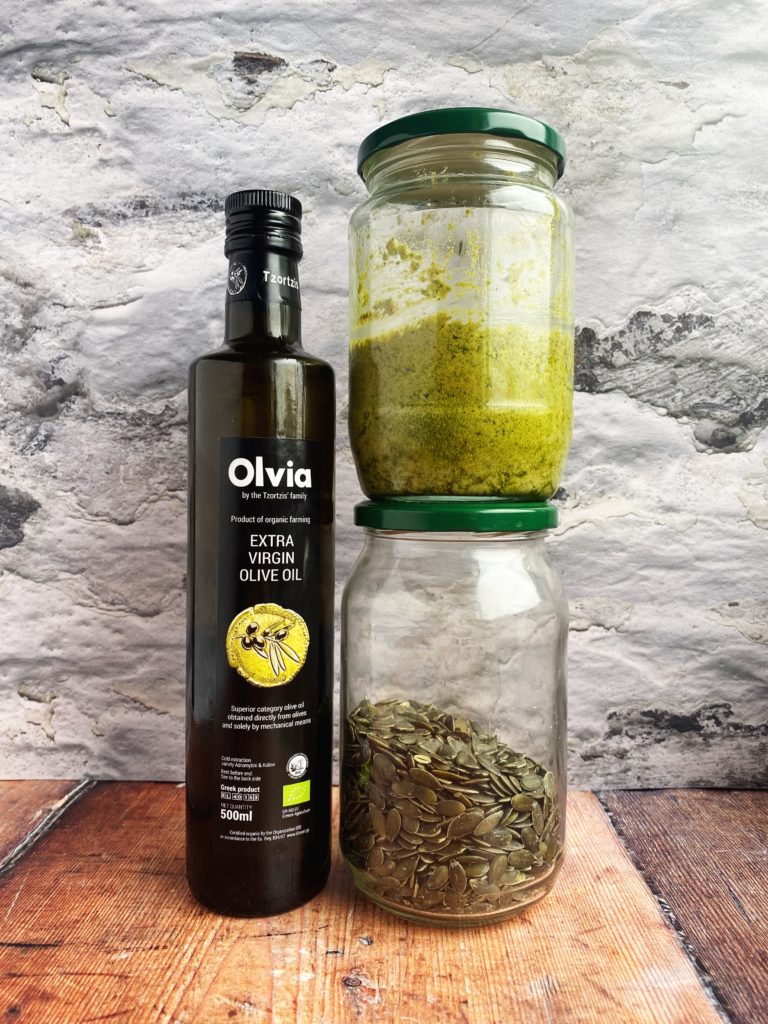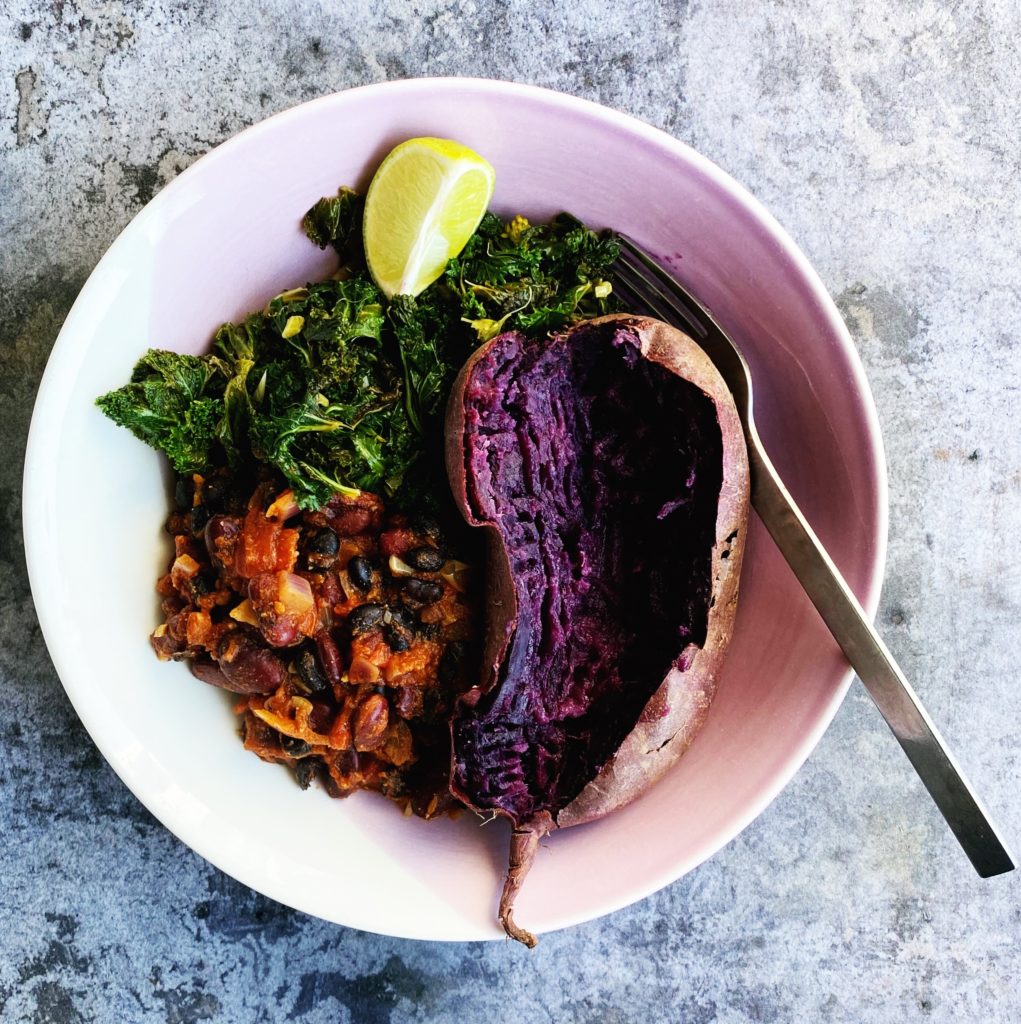
Have you tried a purple sweet potato yet? They are absolutely stunning and oh so delicious! I can never resist a baked sweet potato with a smokey bean chilli so here’s my quick and easy recipe. I’ve served it with lots or gorgeous garlicky kale spiked with lime too. So yum! What will you make with your purple sweet potatoes? I’m thinking purple gnocchi next, or maybe a purple sweet potato pie! Liz x
Ingredients (serves 4)
- 4 purple sweet potatoes
- 1 onion
- 1 tbsp oil
- 4 garlic cloves
- 1 tsp each cumin seeds, ground coriander, smoked paprika and chilli flakes
- 1 tin chopped tomatoes
- 1 tin kidney beans
- 1 tin black beans
- 2 limes
- another tbsp of oil
- 4 large handfuls of kale
- 4 more garlic cloves
- salt and pepper to taste
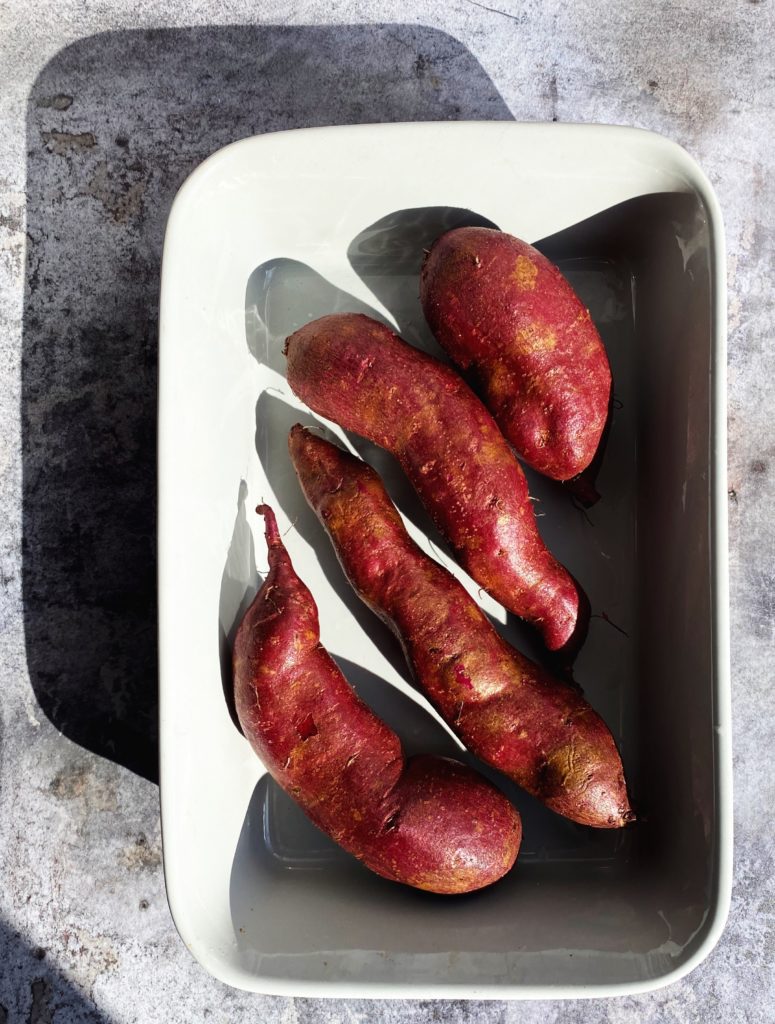
Method
Scrub the sweet potatoes, prick them with a fork, pop them in a roasting dish and get them in a 200C hot oven to roast – they should only take about 30 minutes.
Meanwhile make the smokey bean chilli. Dice and then sauté the onion and garlic in the oil until soft and taking on some colour.
Add the spices and sauté for a few minutes to toast them and bring our their flavours.
Add the tin of tomatoes. Half fill the tin with water then swirl out all the tomatoey juices into the pot.
Drain and rinse the two tins of beans and add them to the pot to simmer. Cook for 15 minutes or so then taste and adjust the seasoning with salt and pepper.
Meanwhile make the garlic and lime kale. Rinse the kale and tear the leaves away from the stems. Put the leaves in a bowl and the stems on the chopping board.
Finely chop the kale stems and the extra 4 cloves of garlic. Sauté them together in the tbsp of oil until soft. Then add the kale leaves and the juice of a lime. Season with salt and pepper and sauté for about 3 minutes to wilt the kale. Taste and adjust the seasoning if needed.
Serve the baked potatoes with the bean chilli and kale. Add a drizzle of olive oil and a squeeze of lime to the middle of each baked potato. Enjoy!

